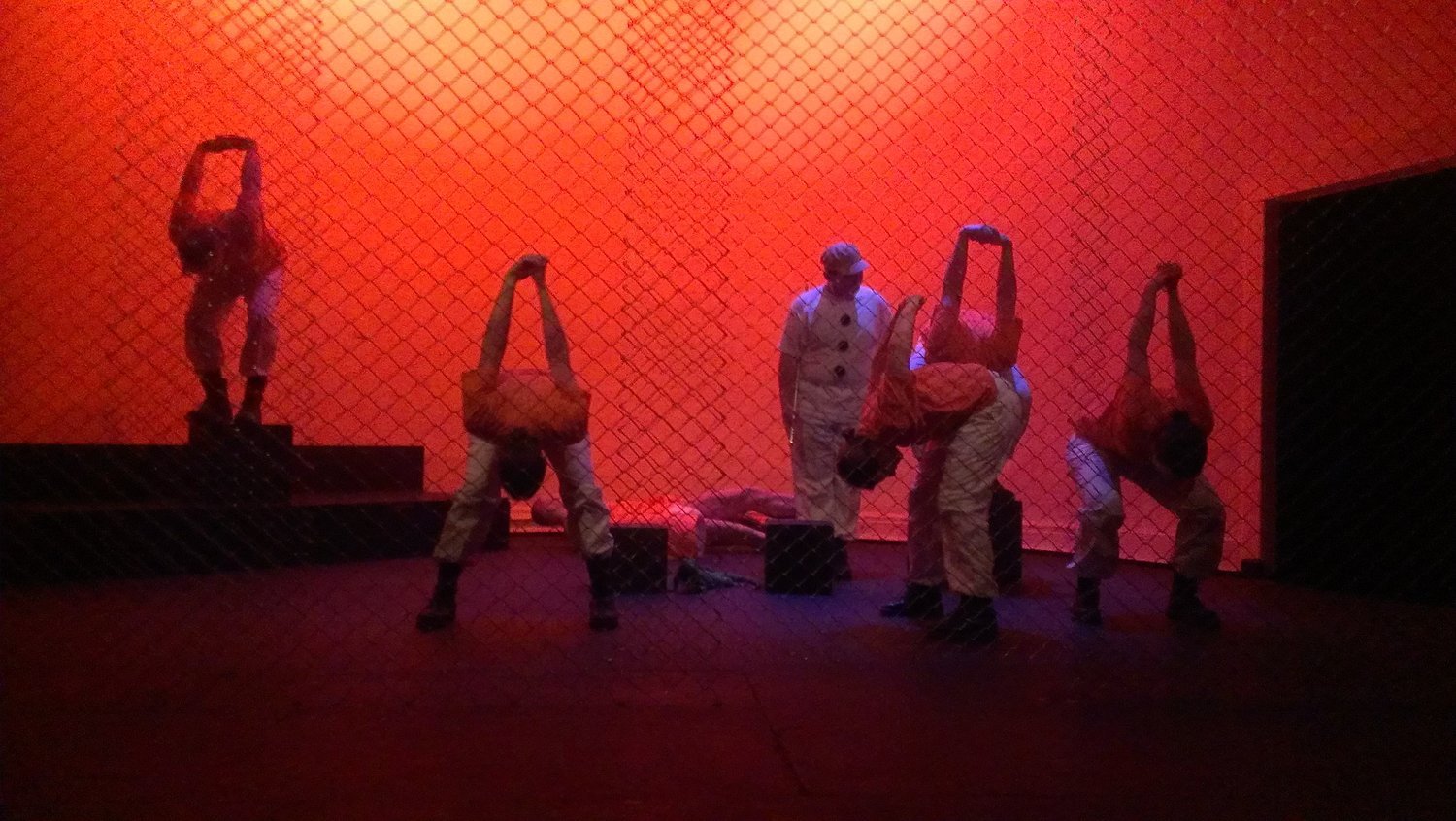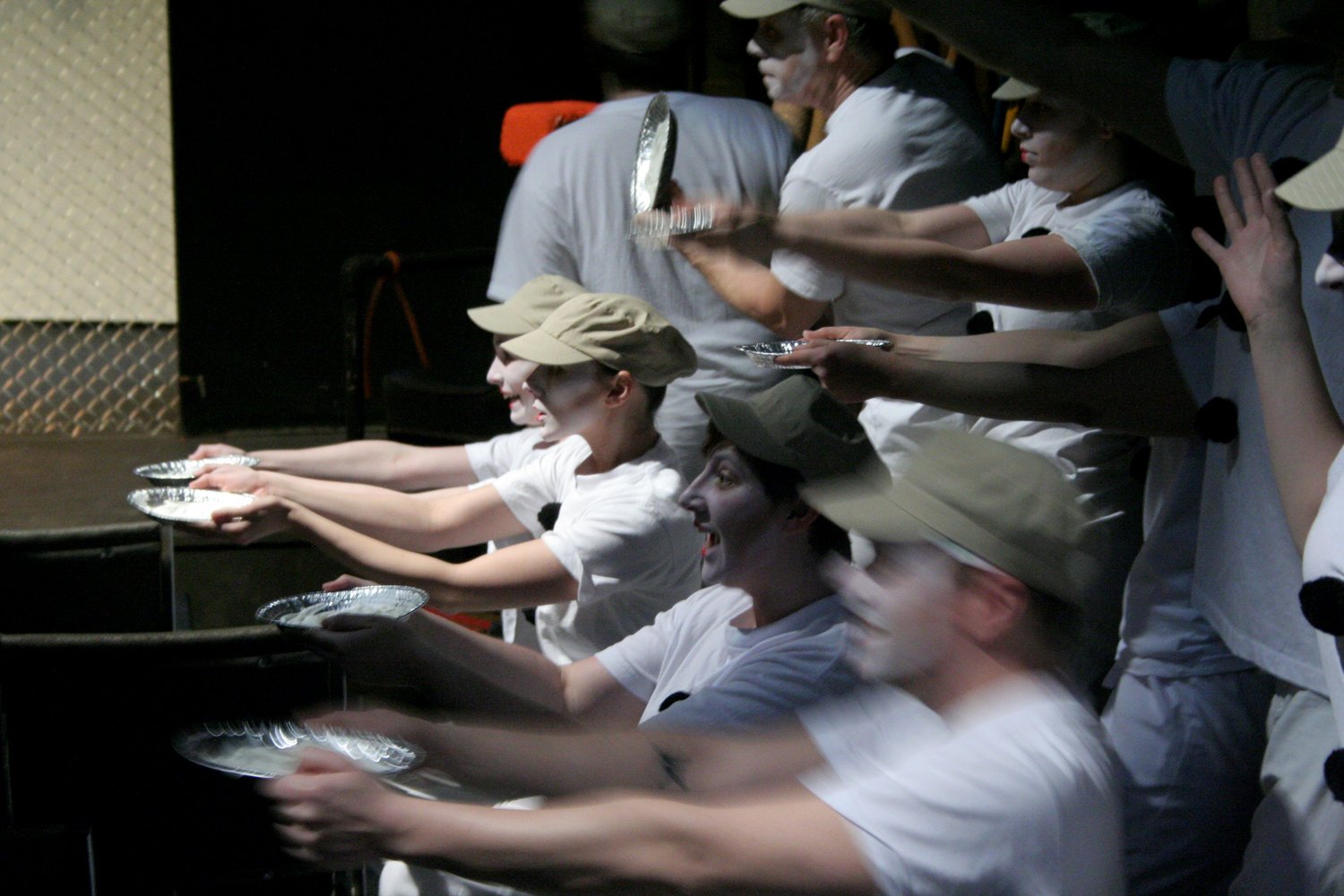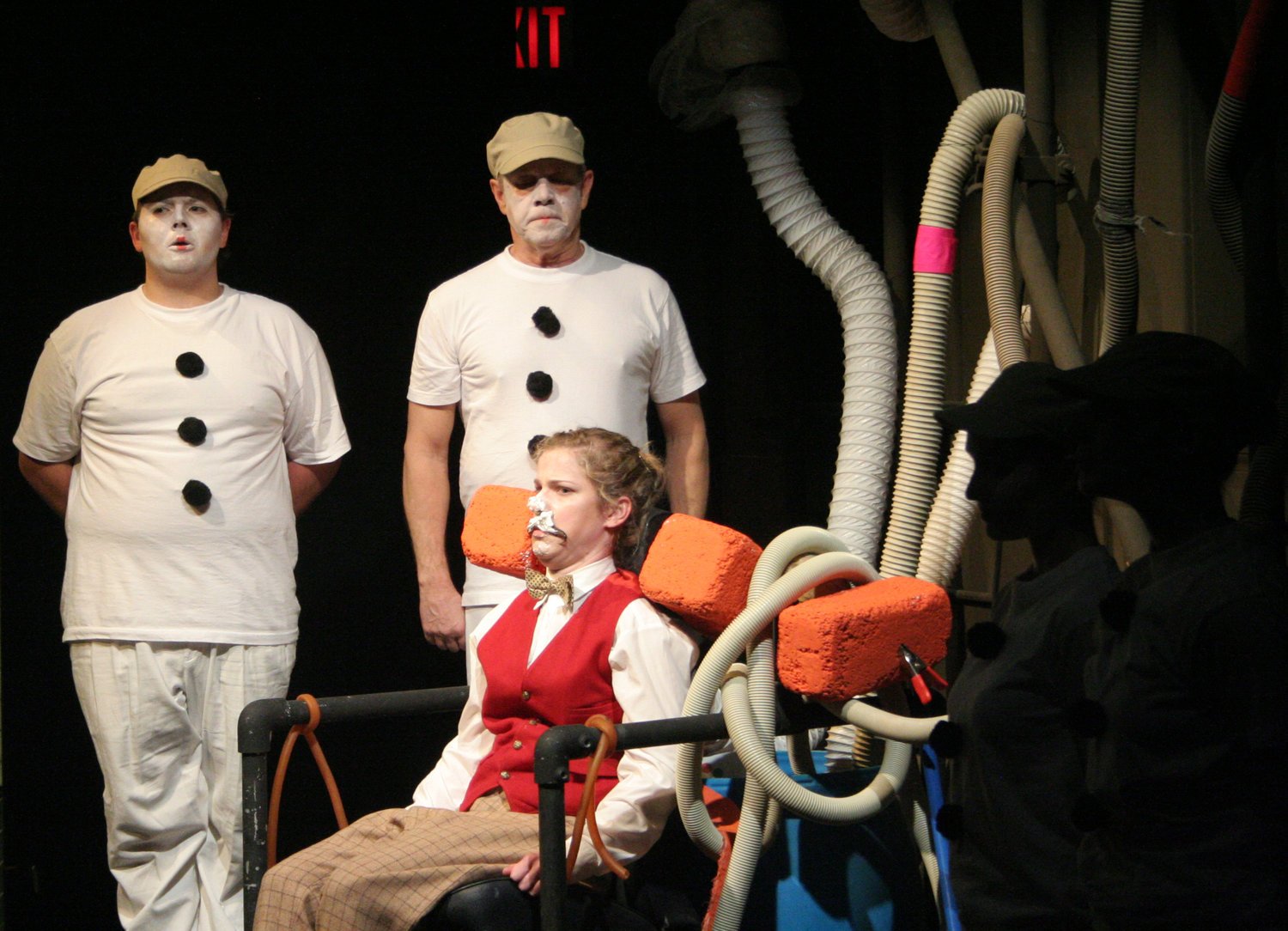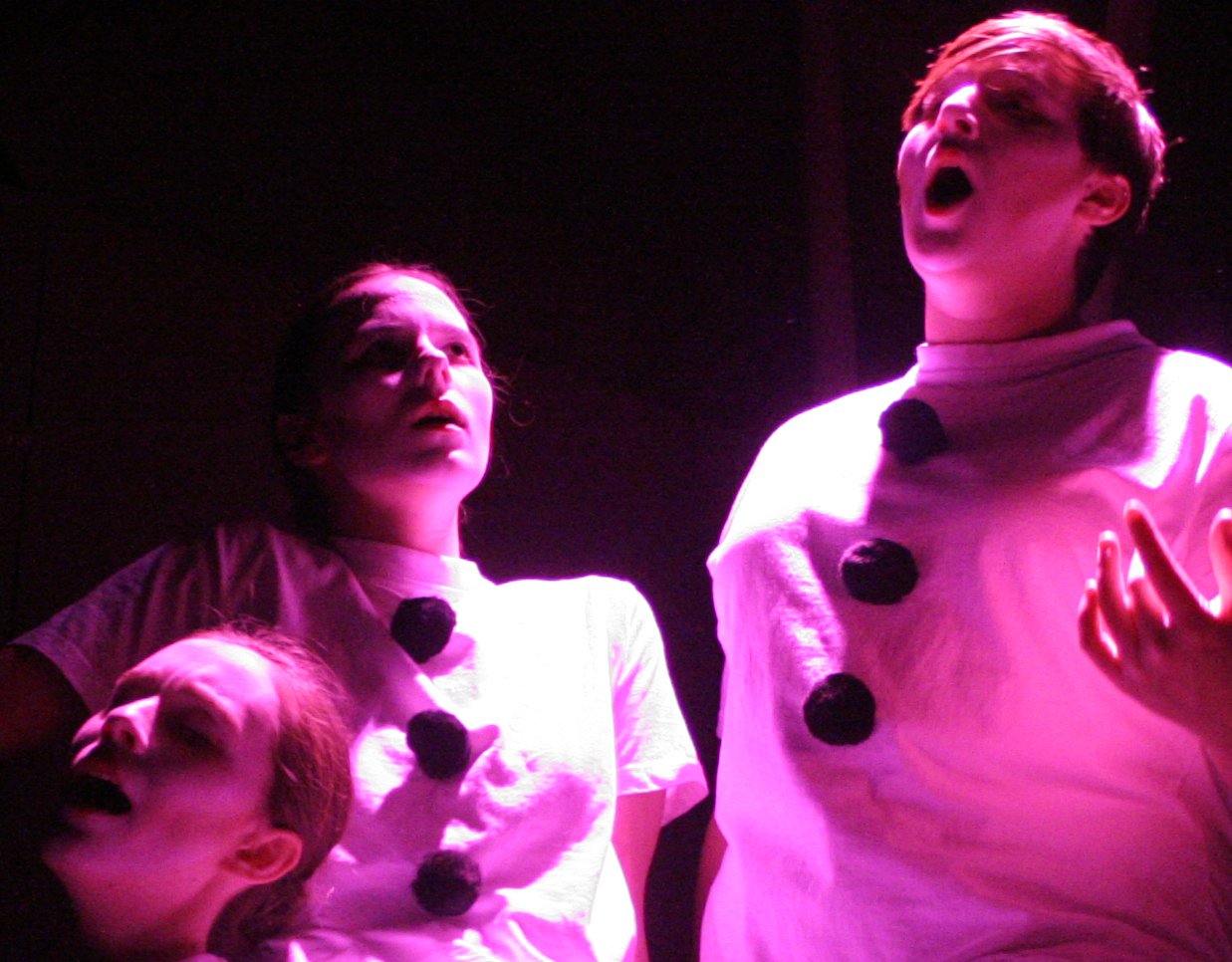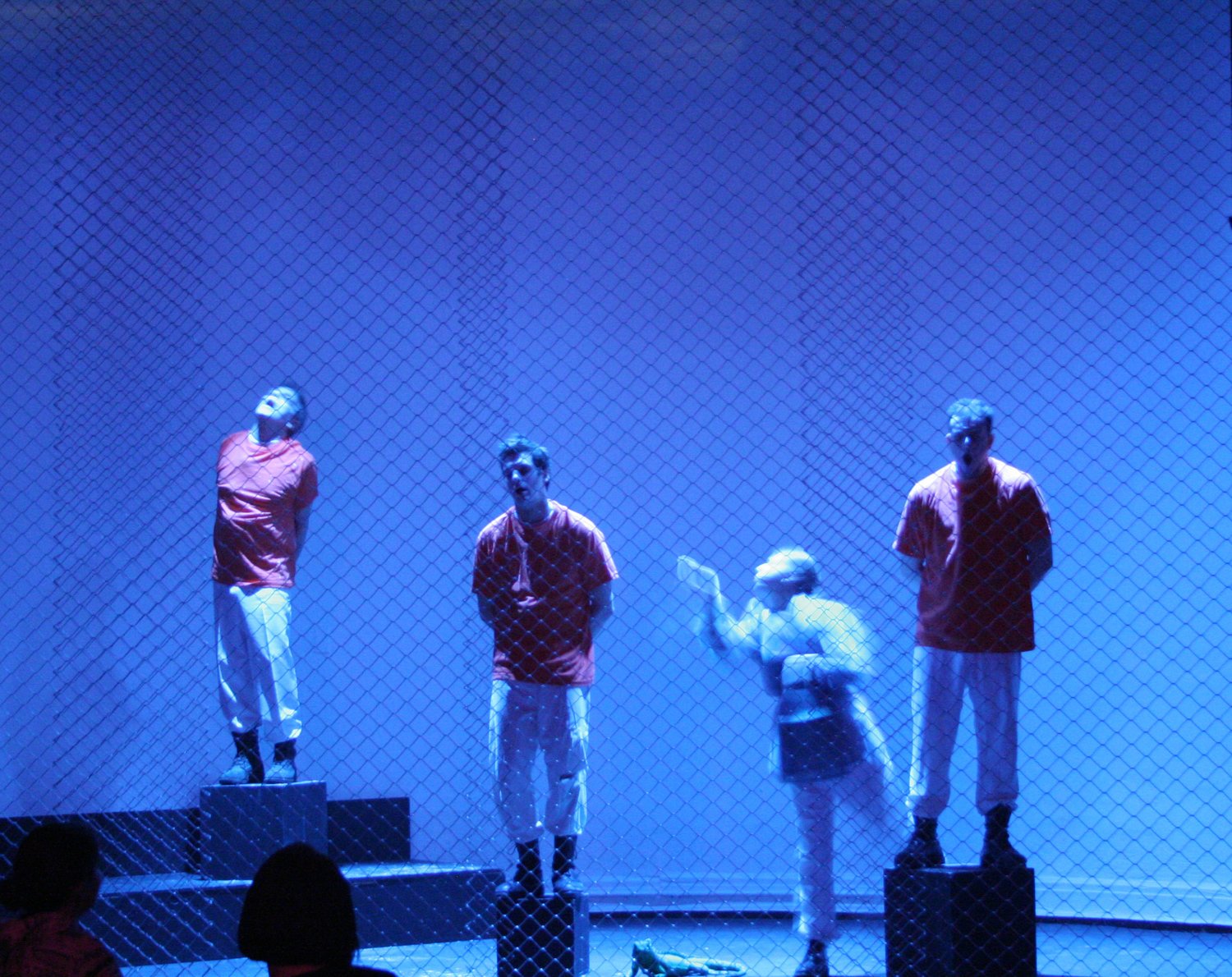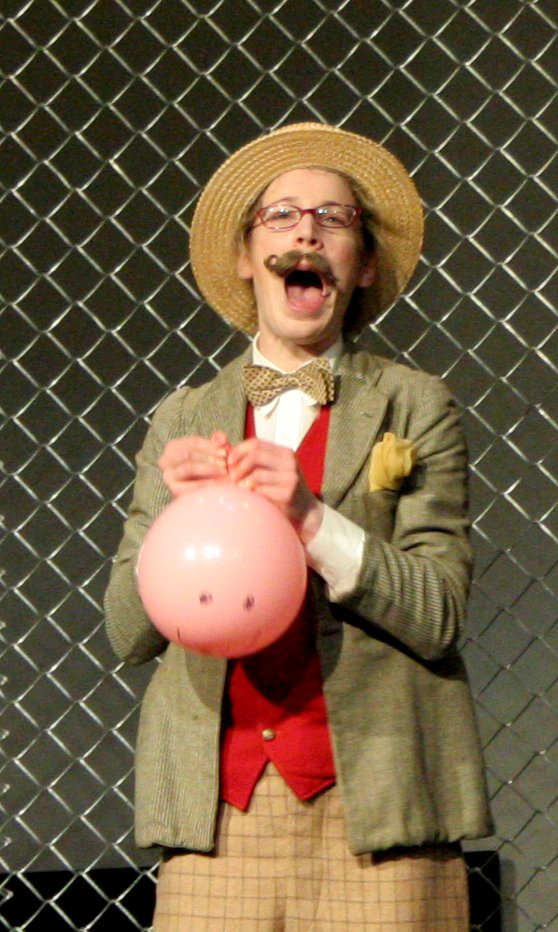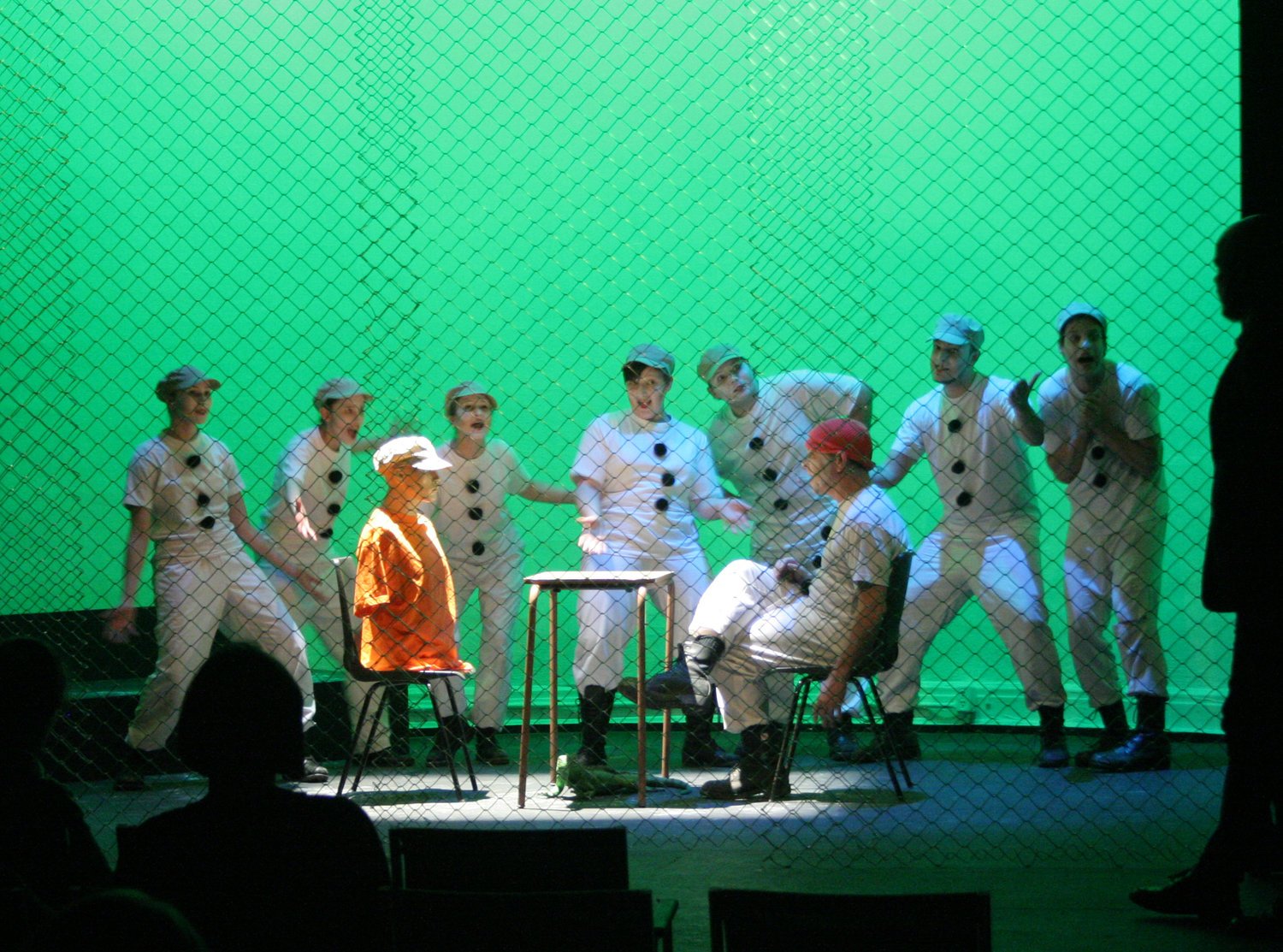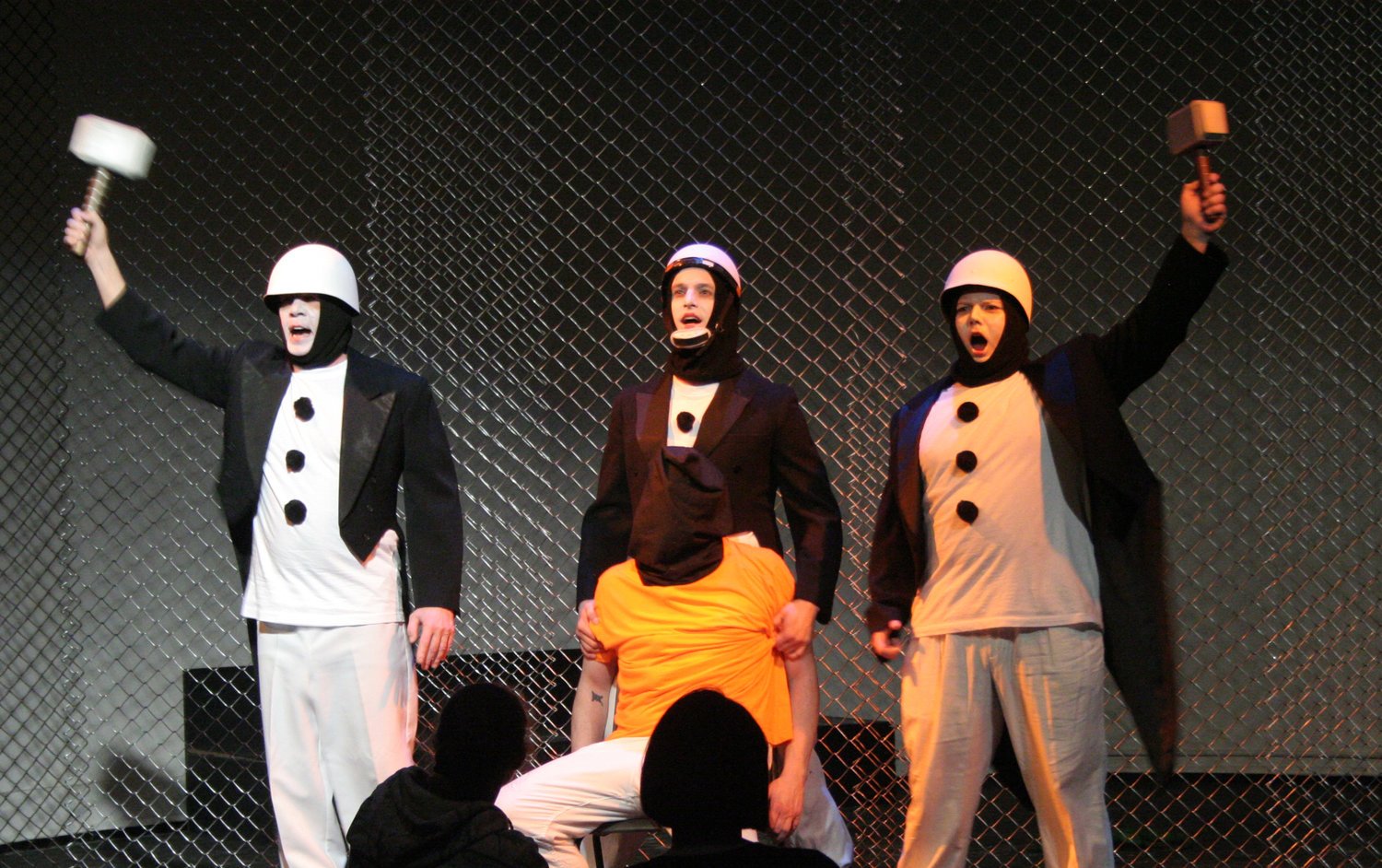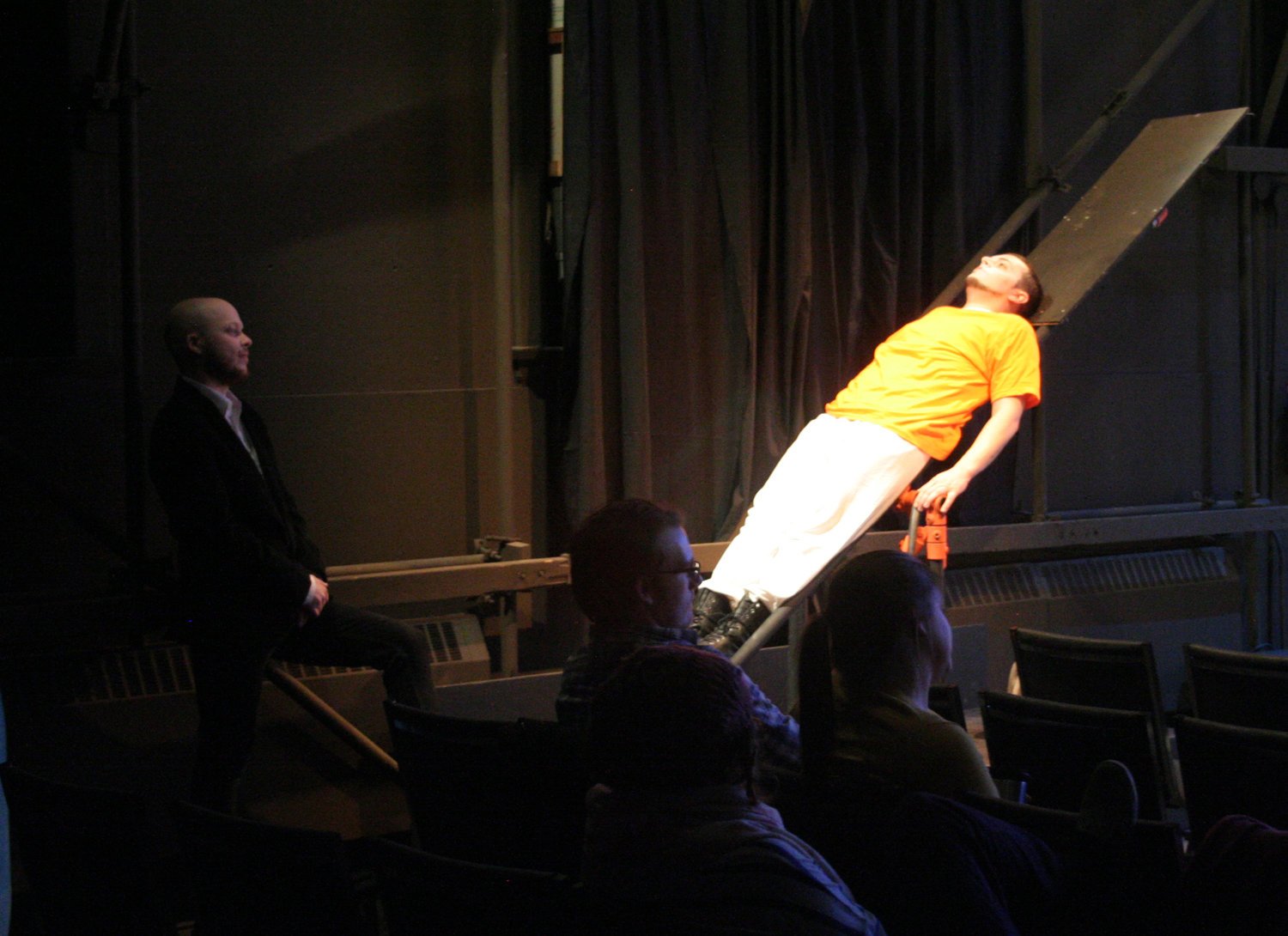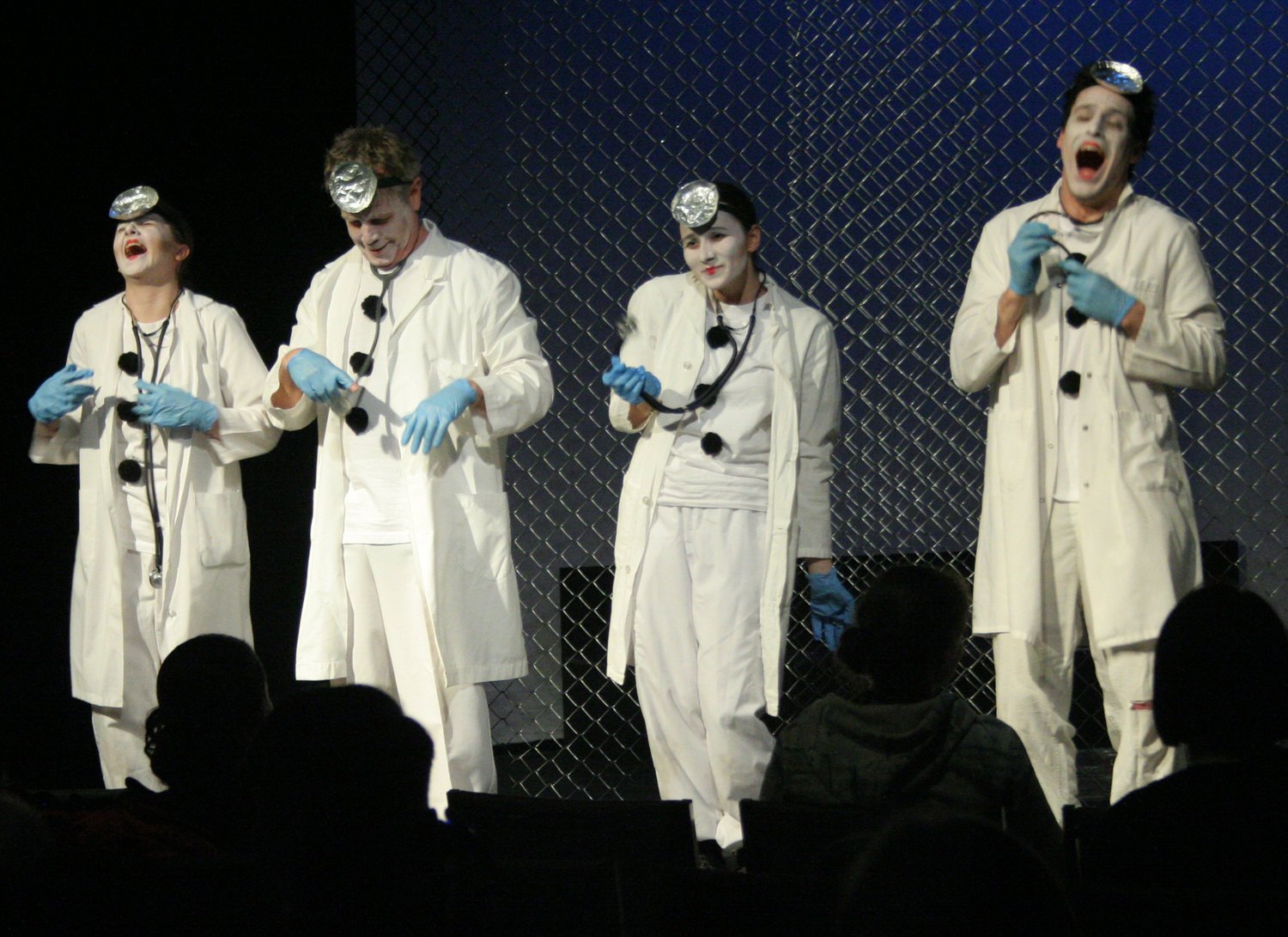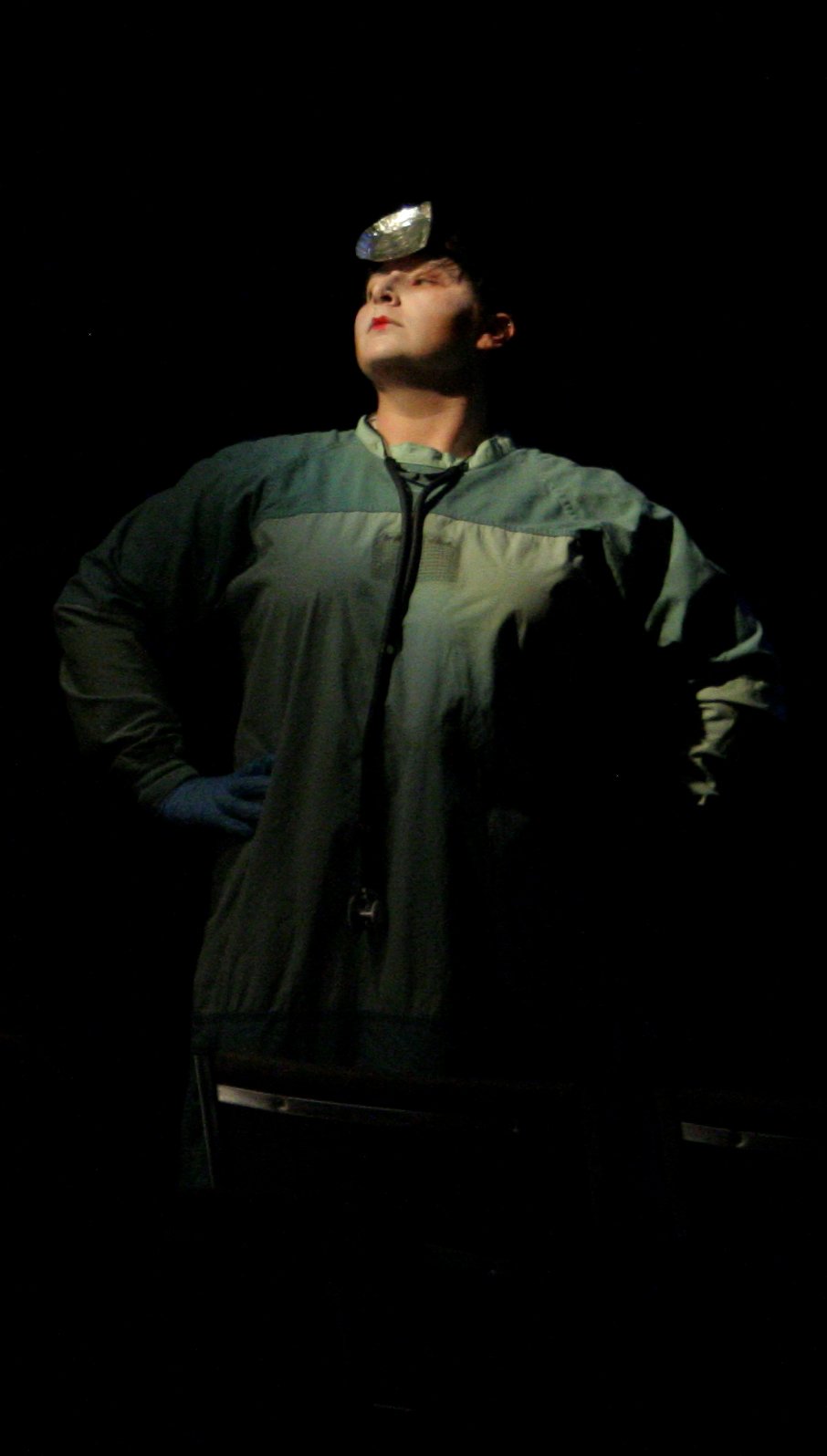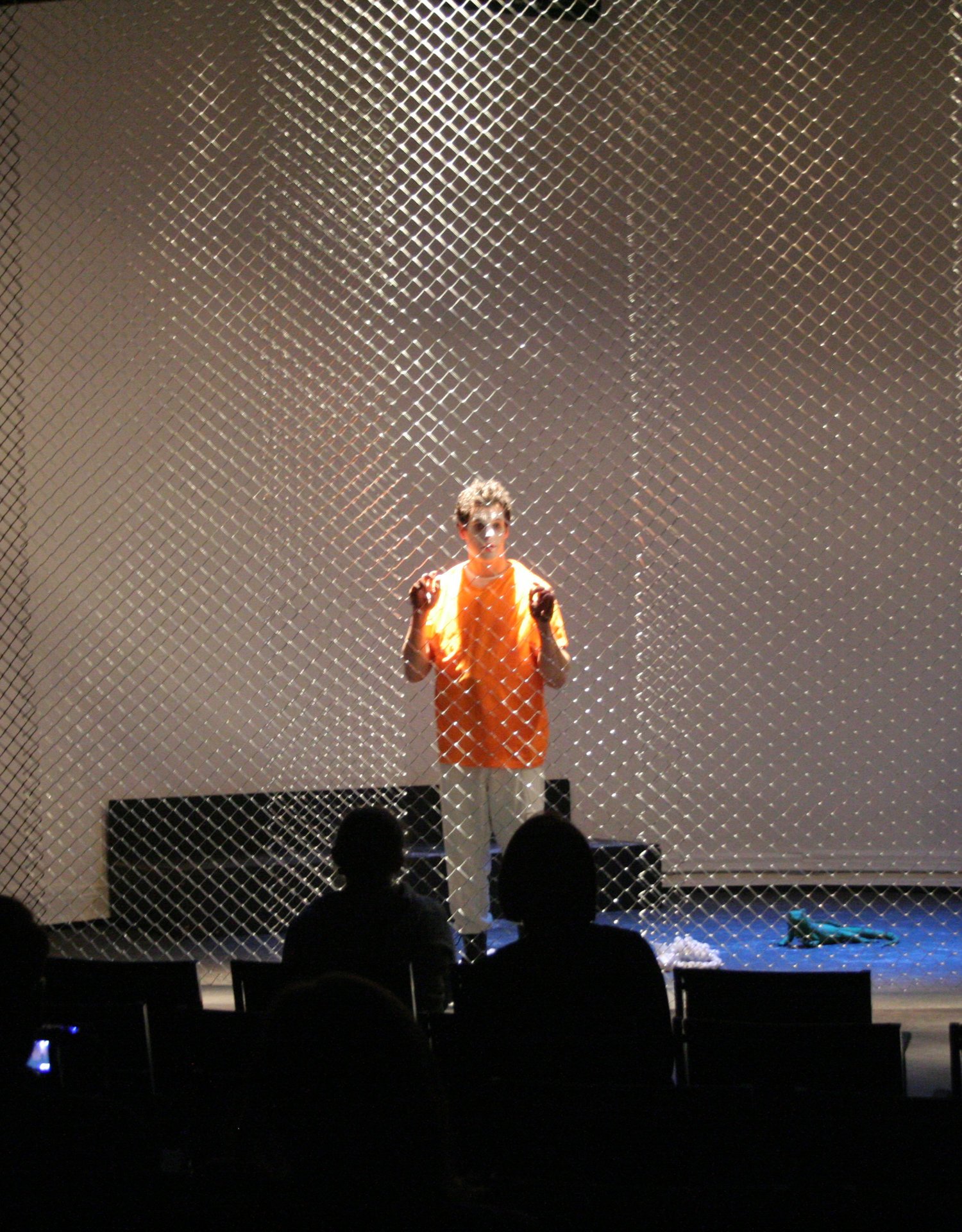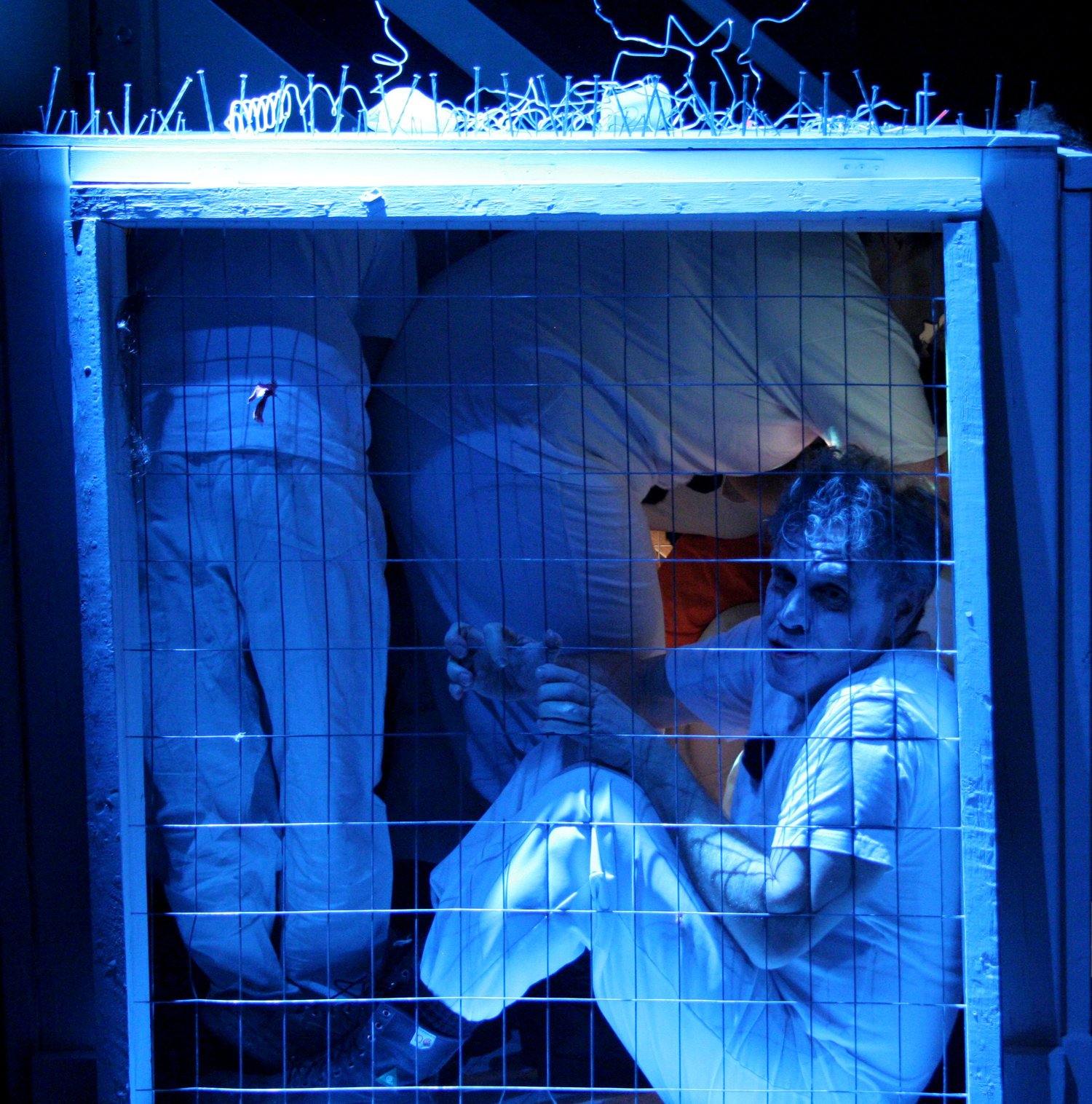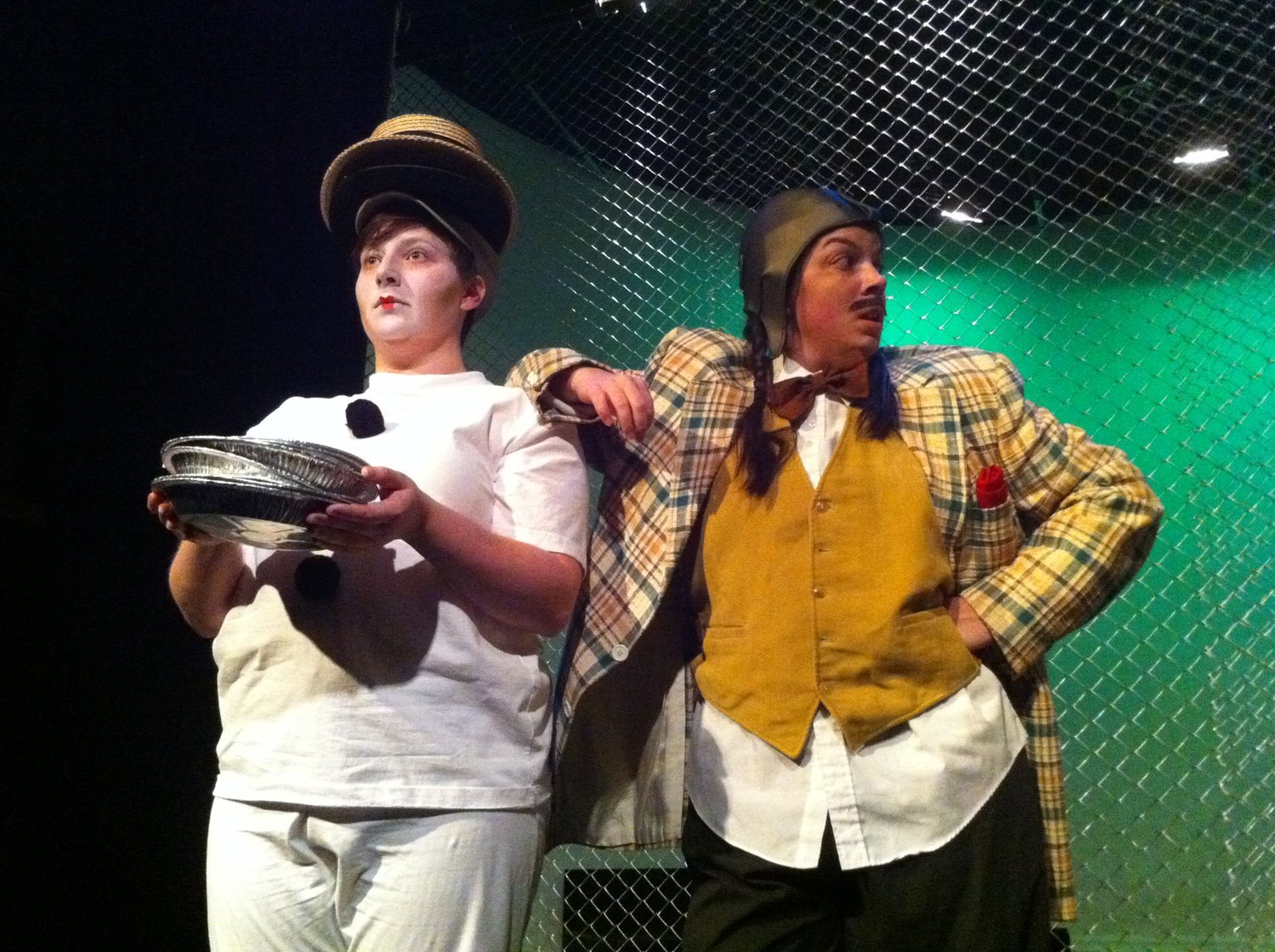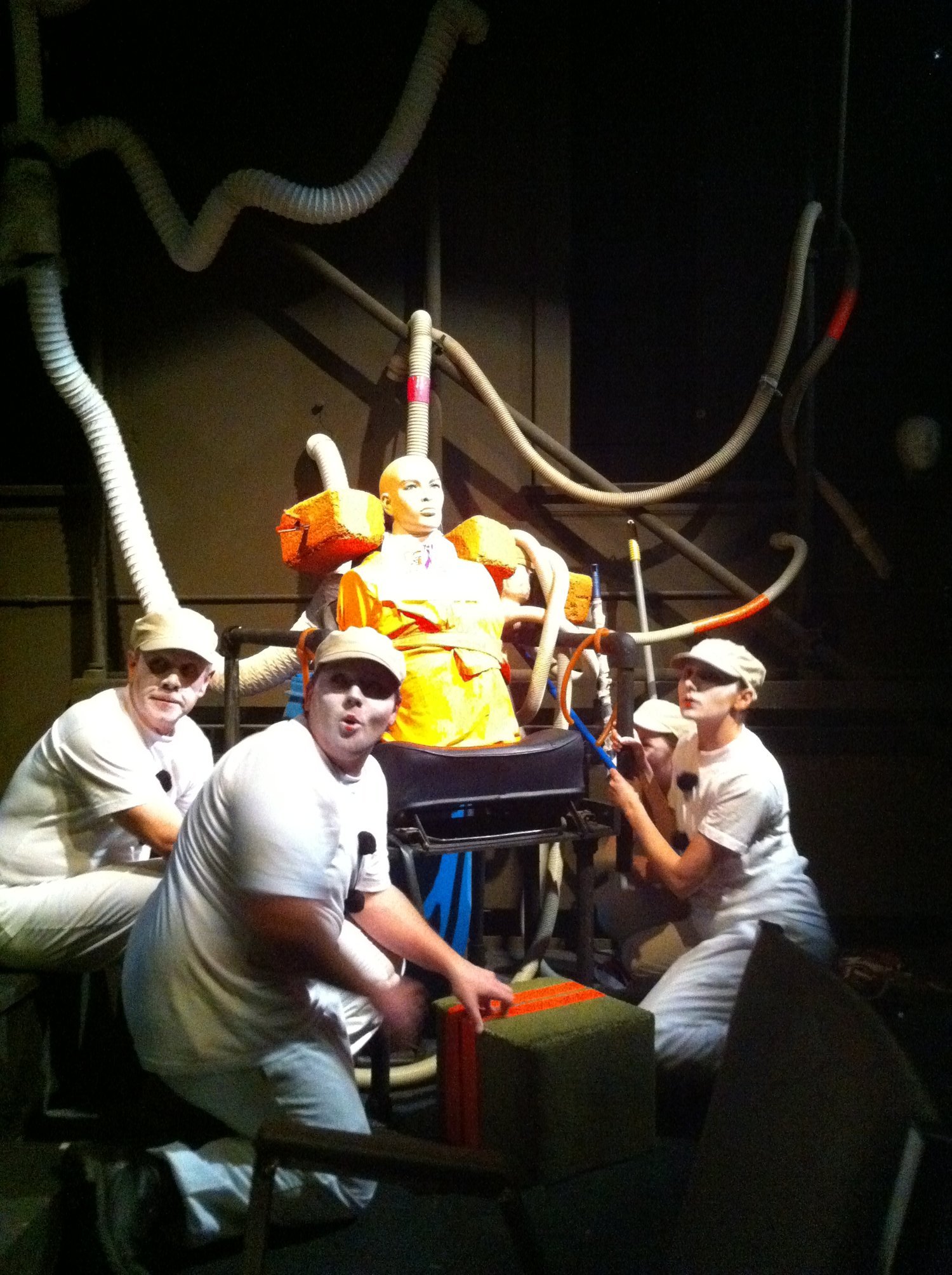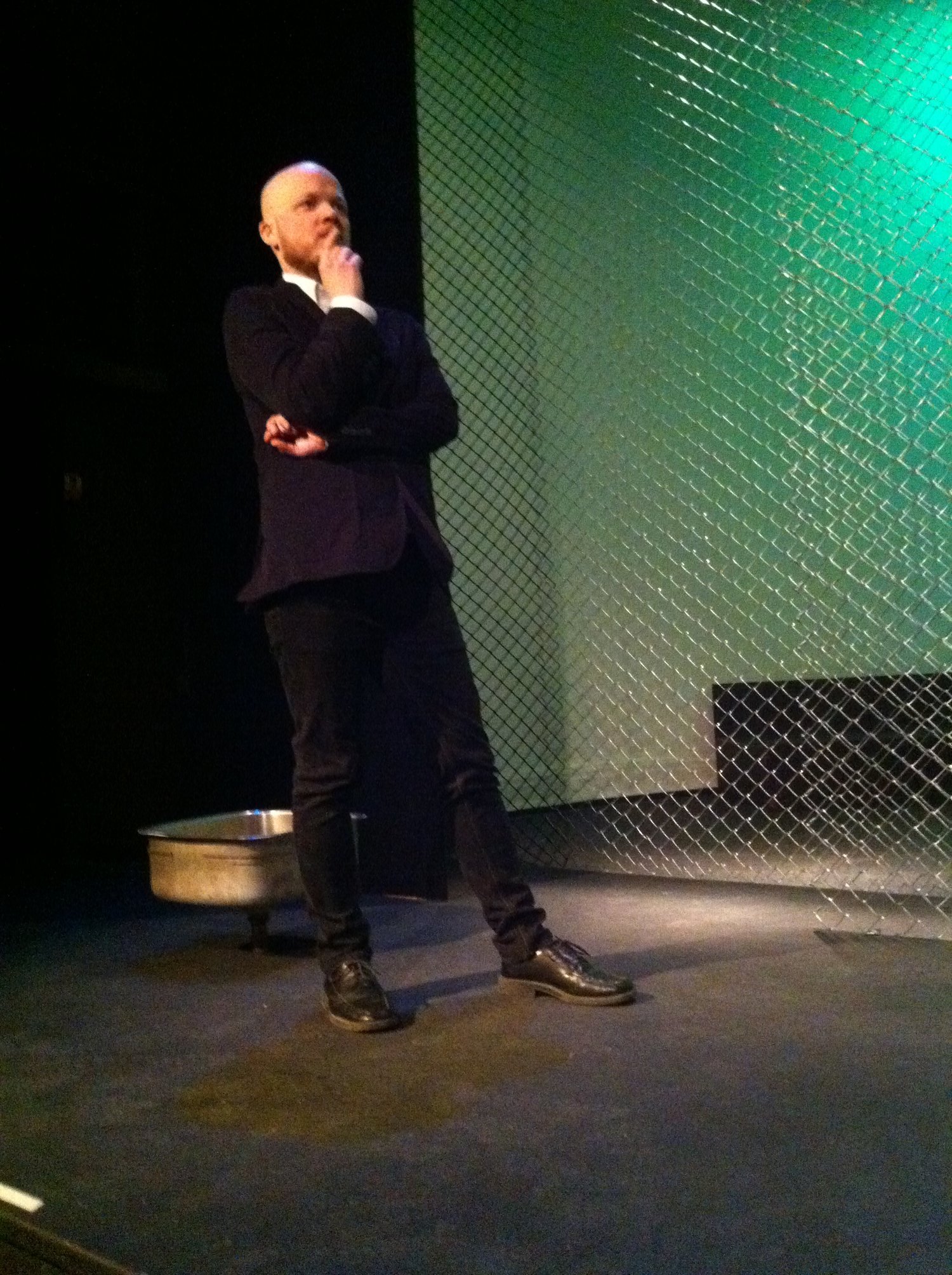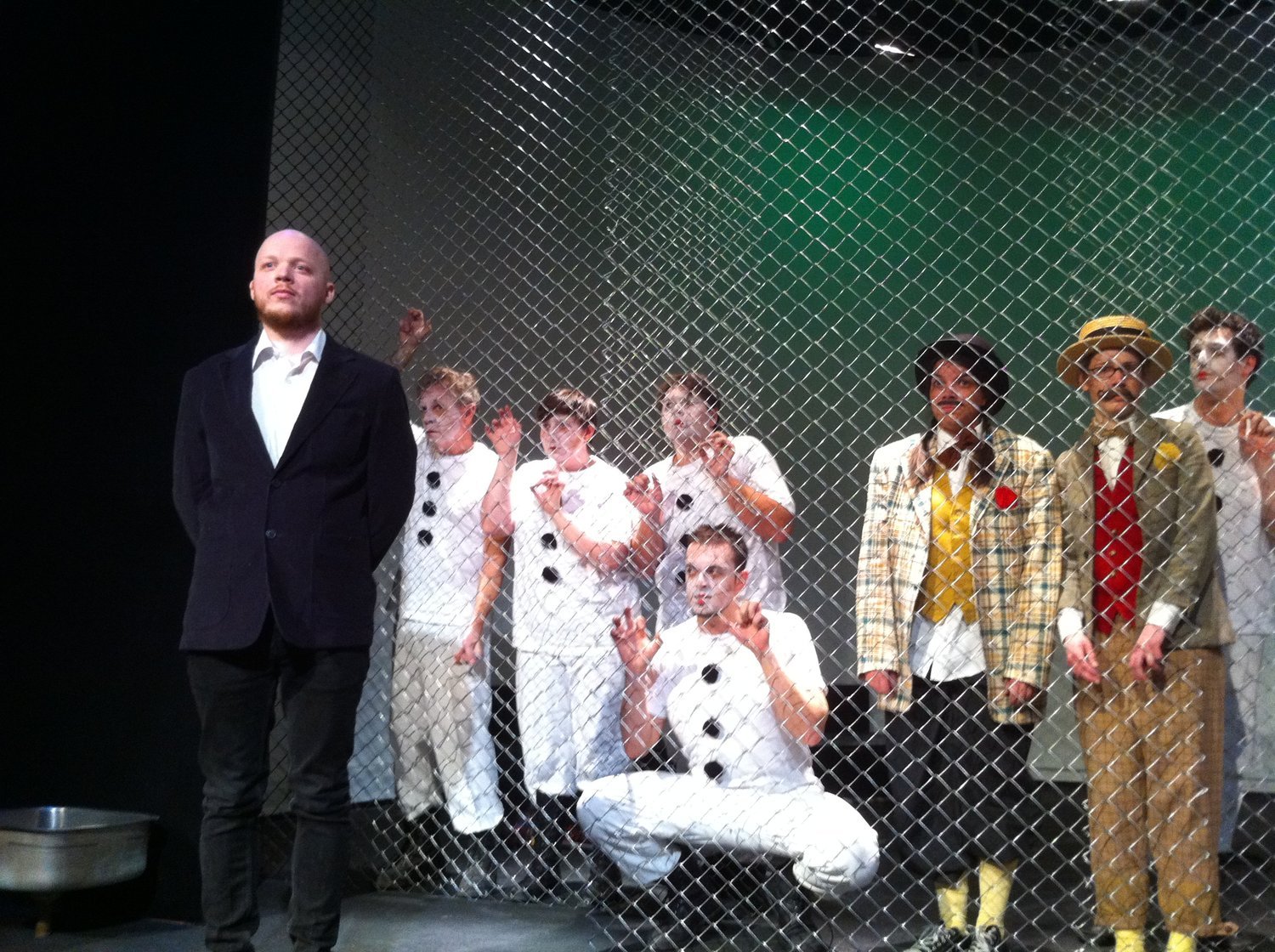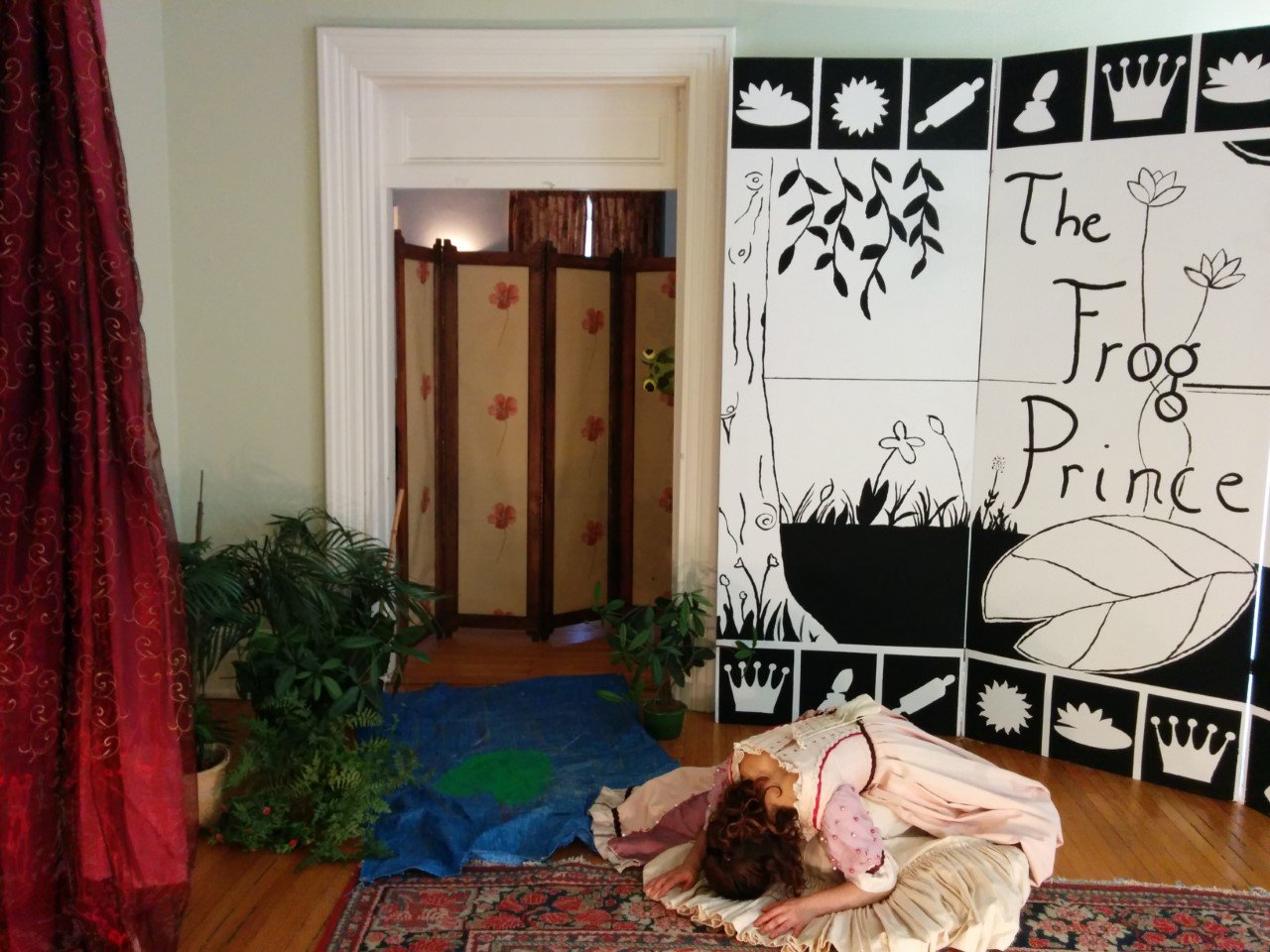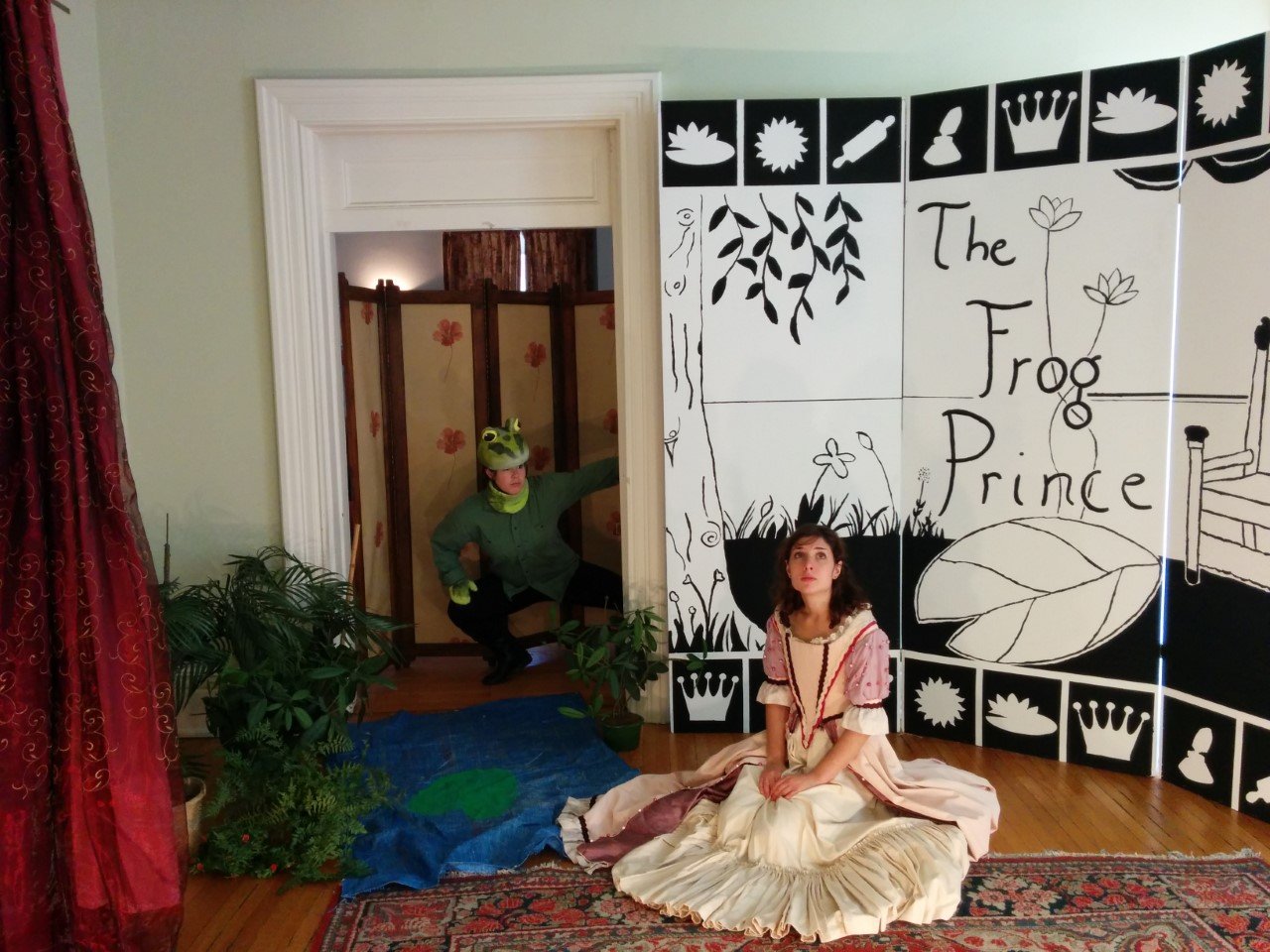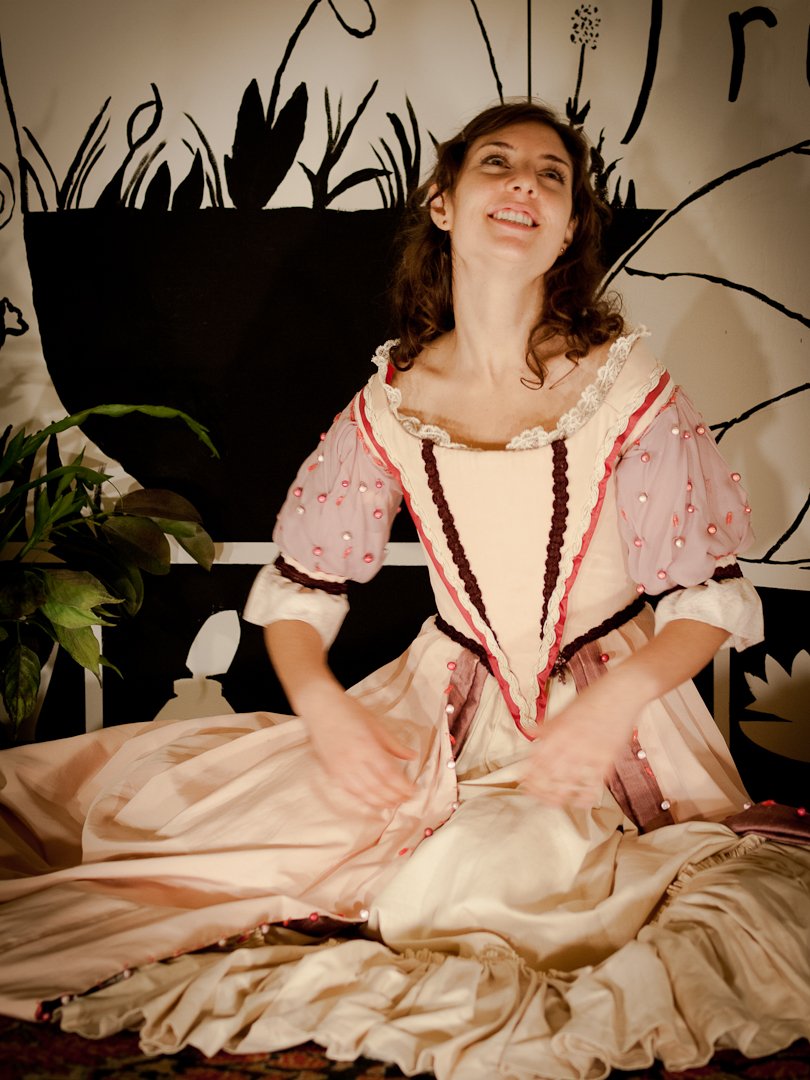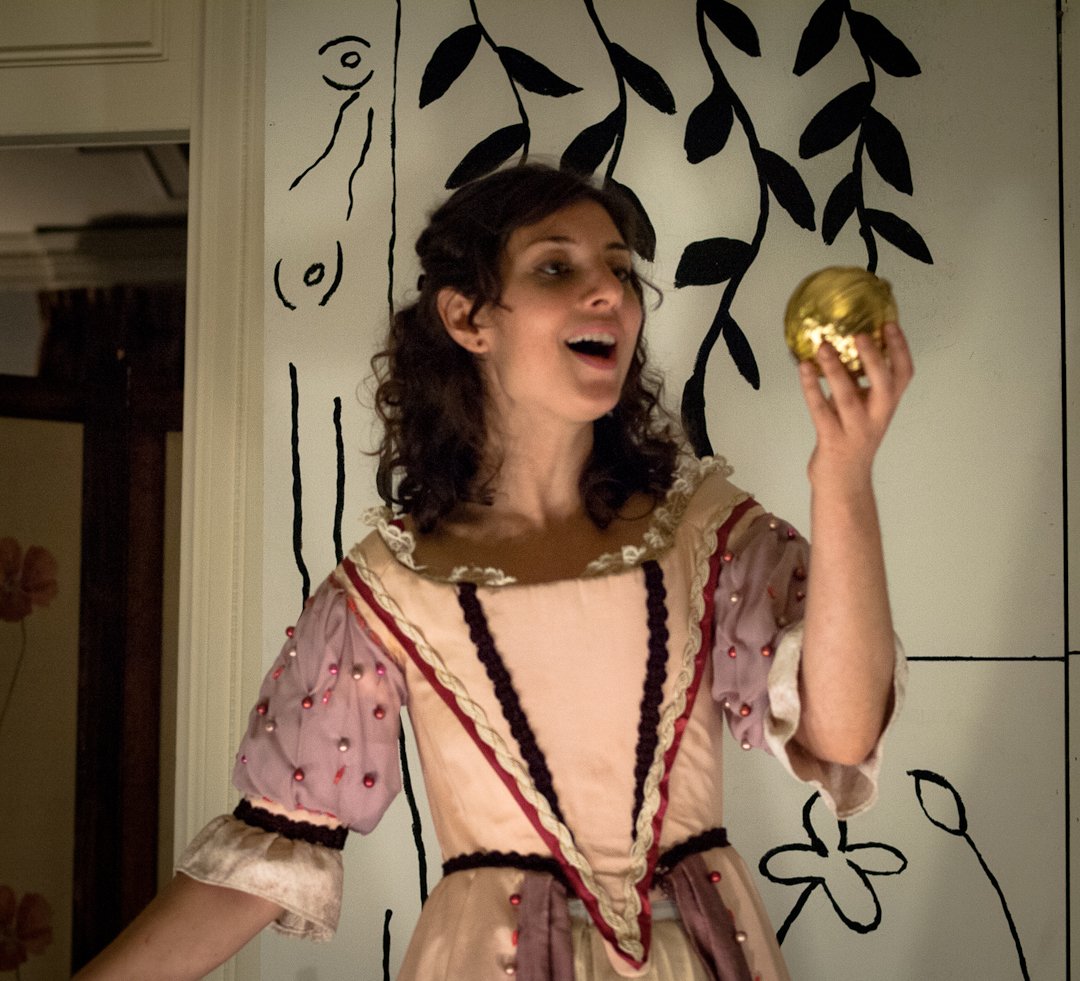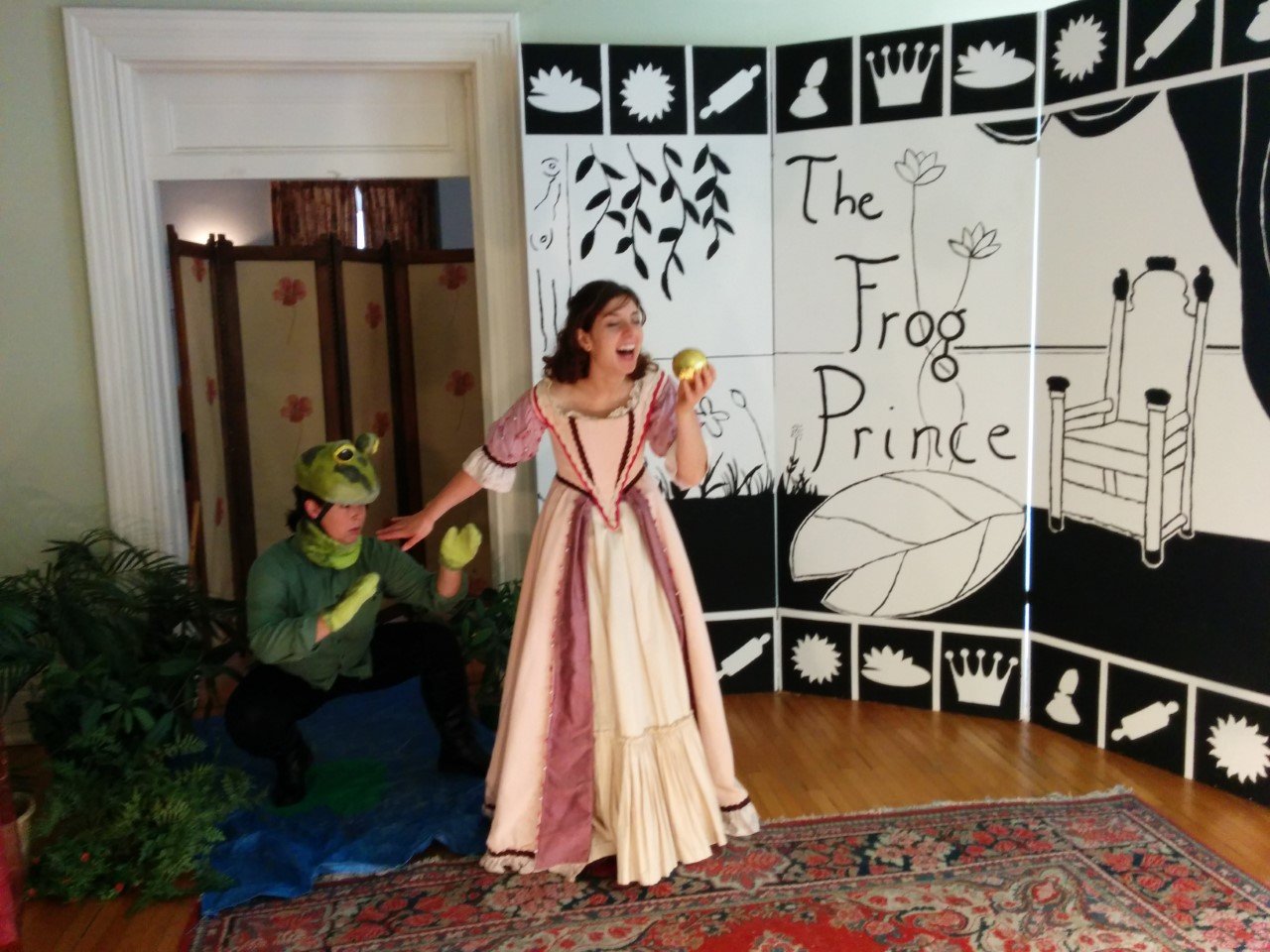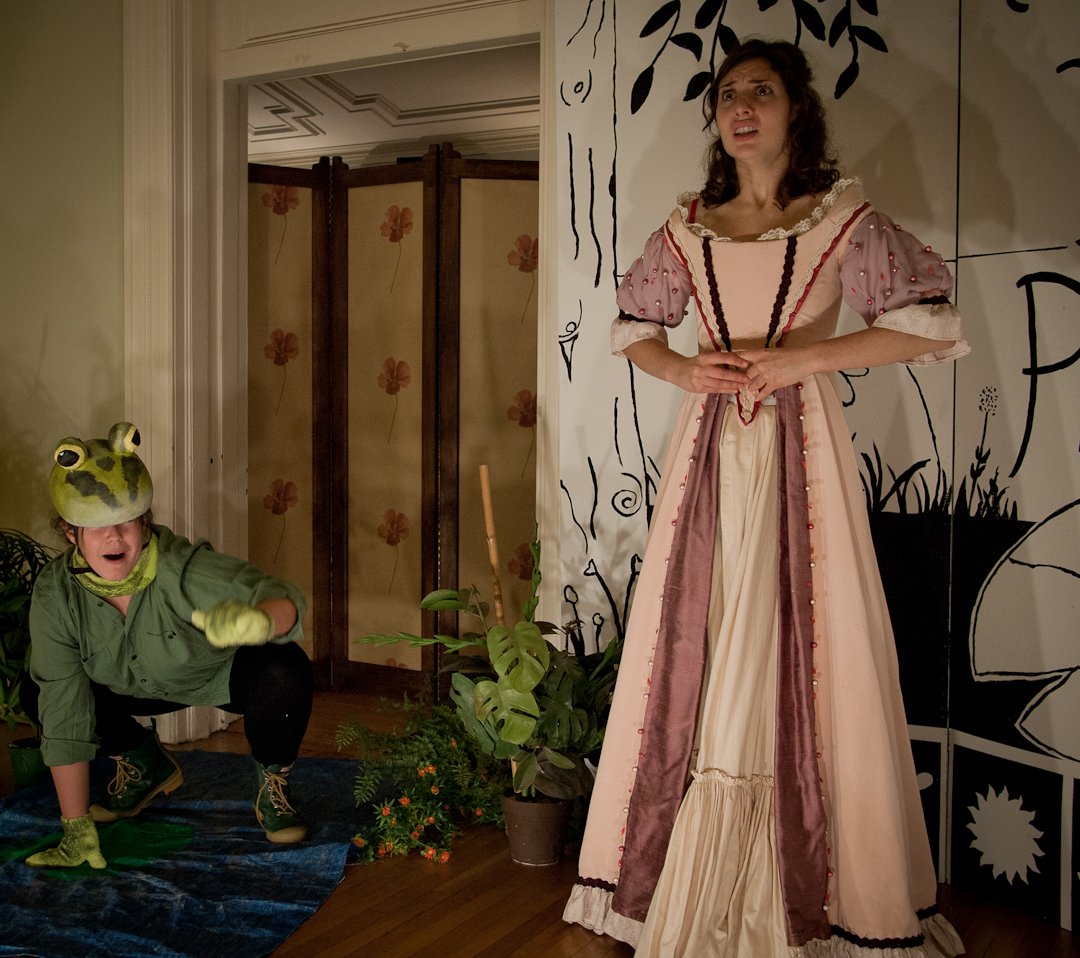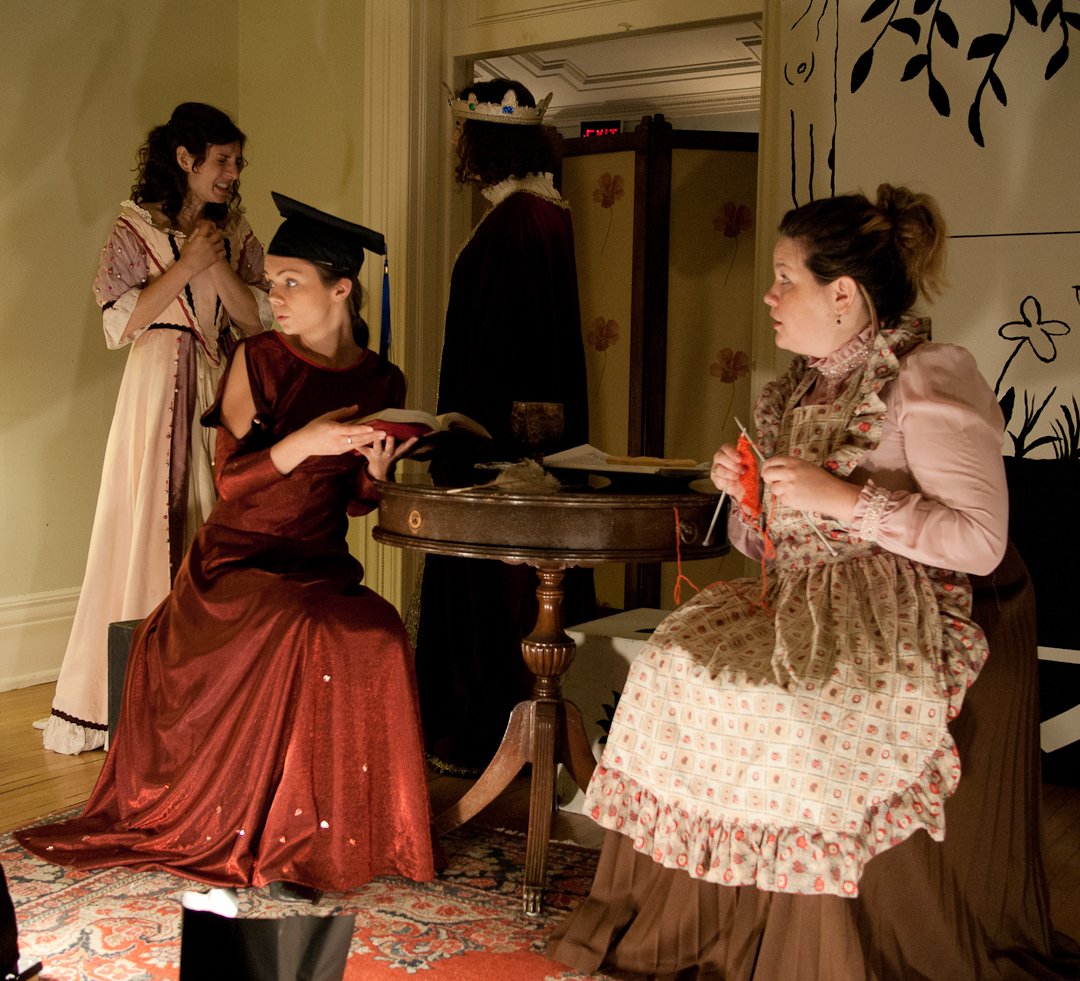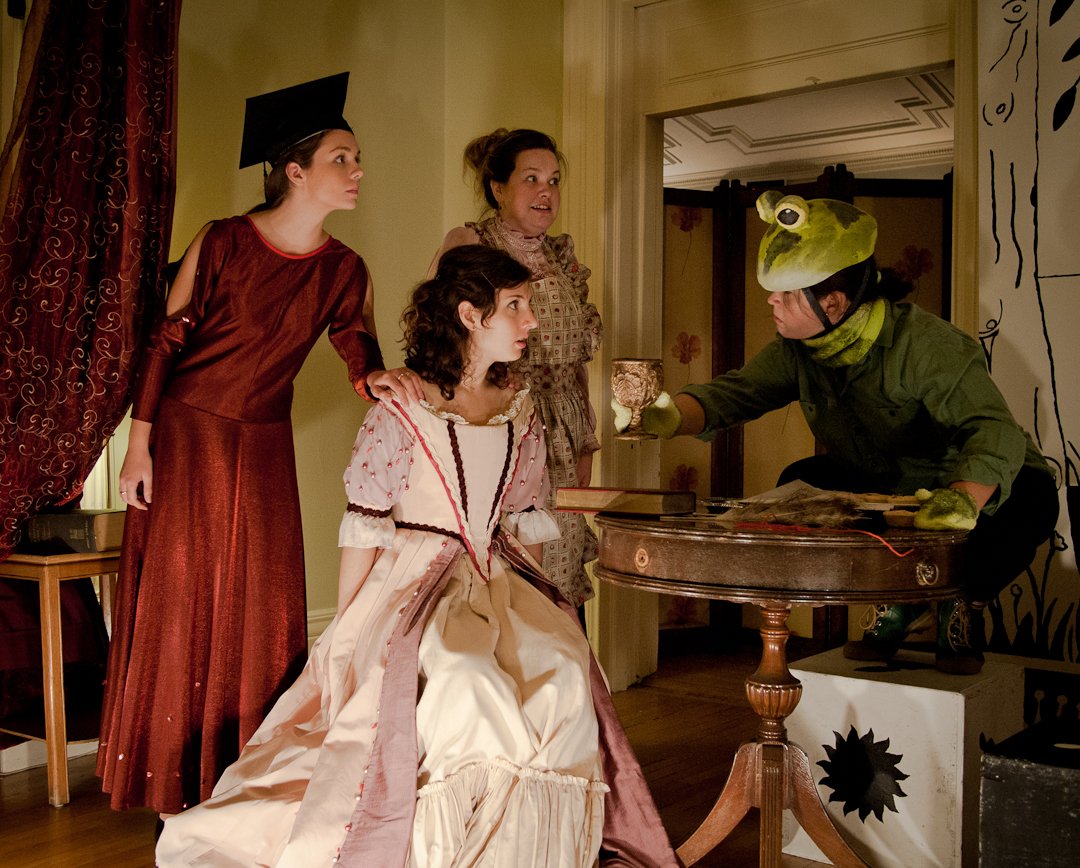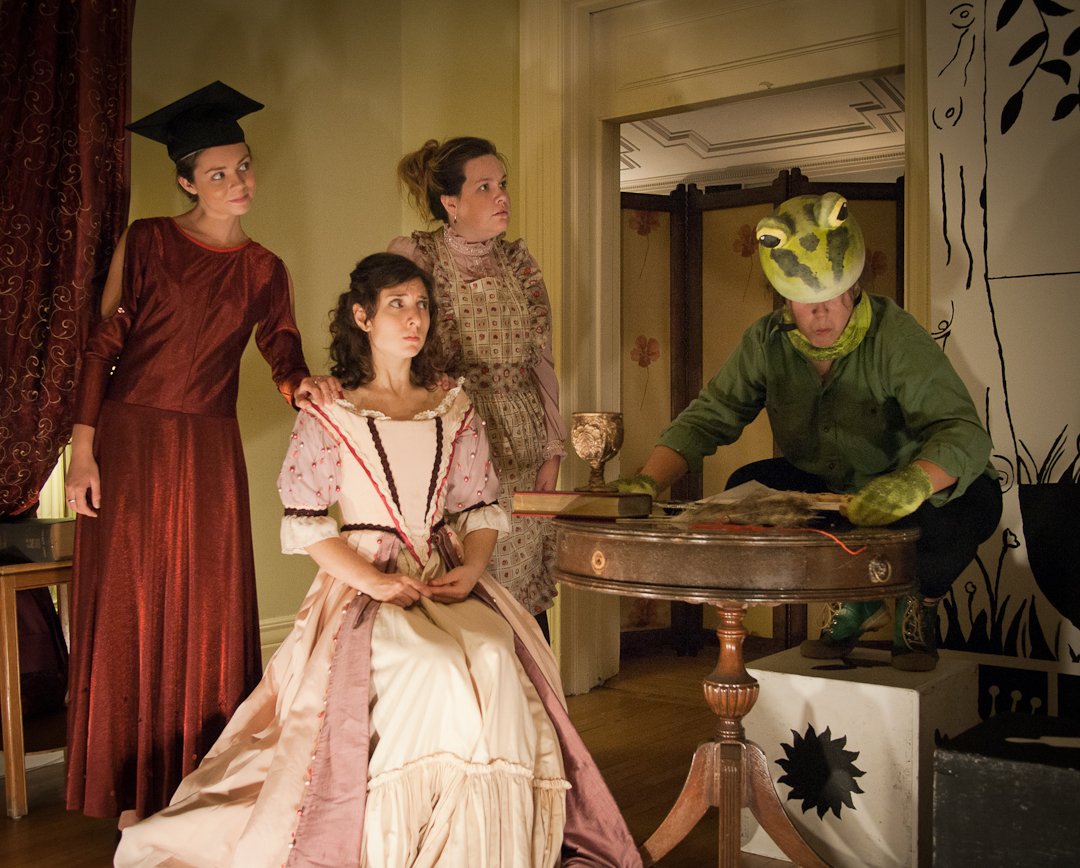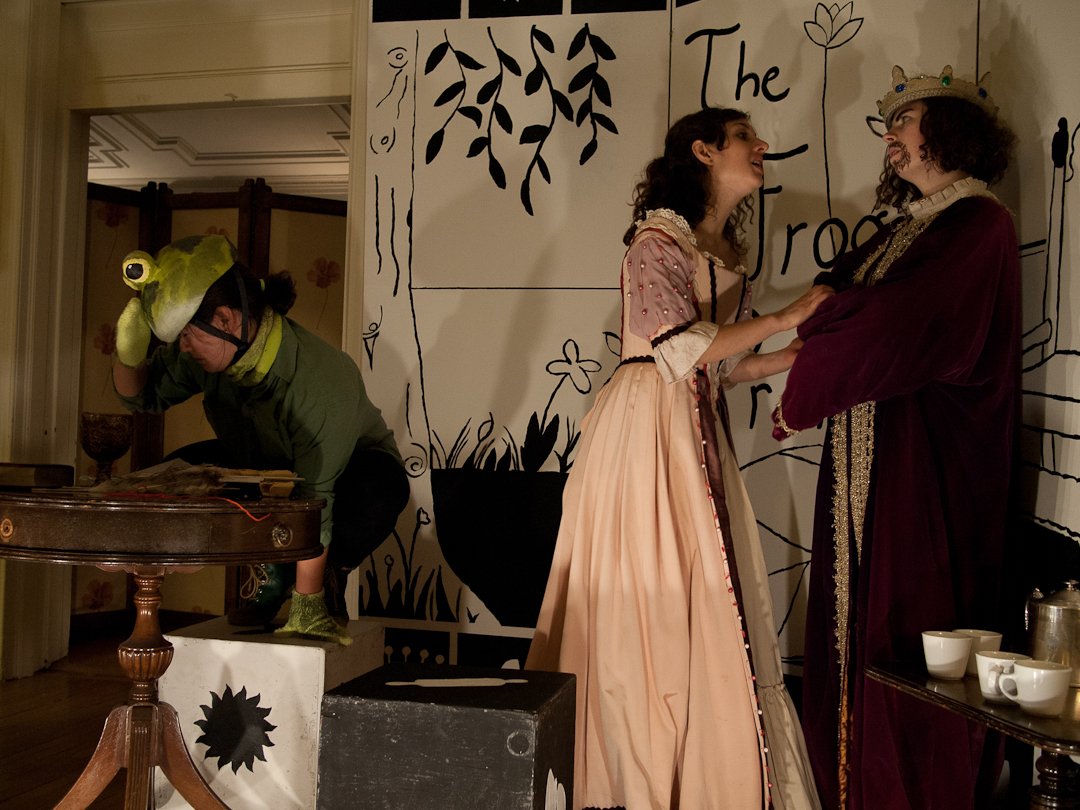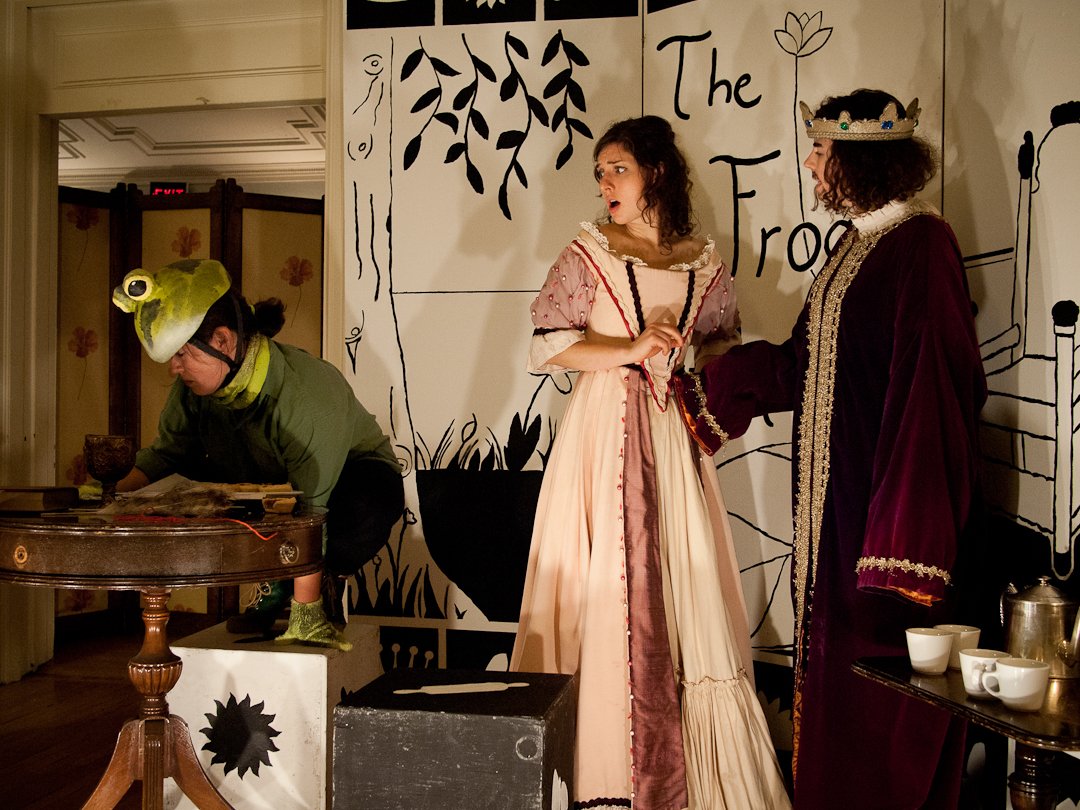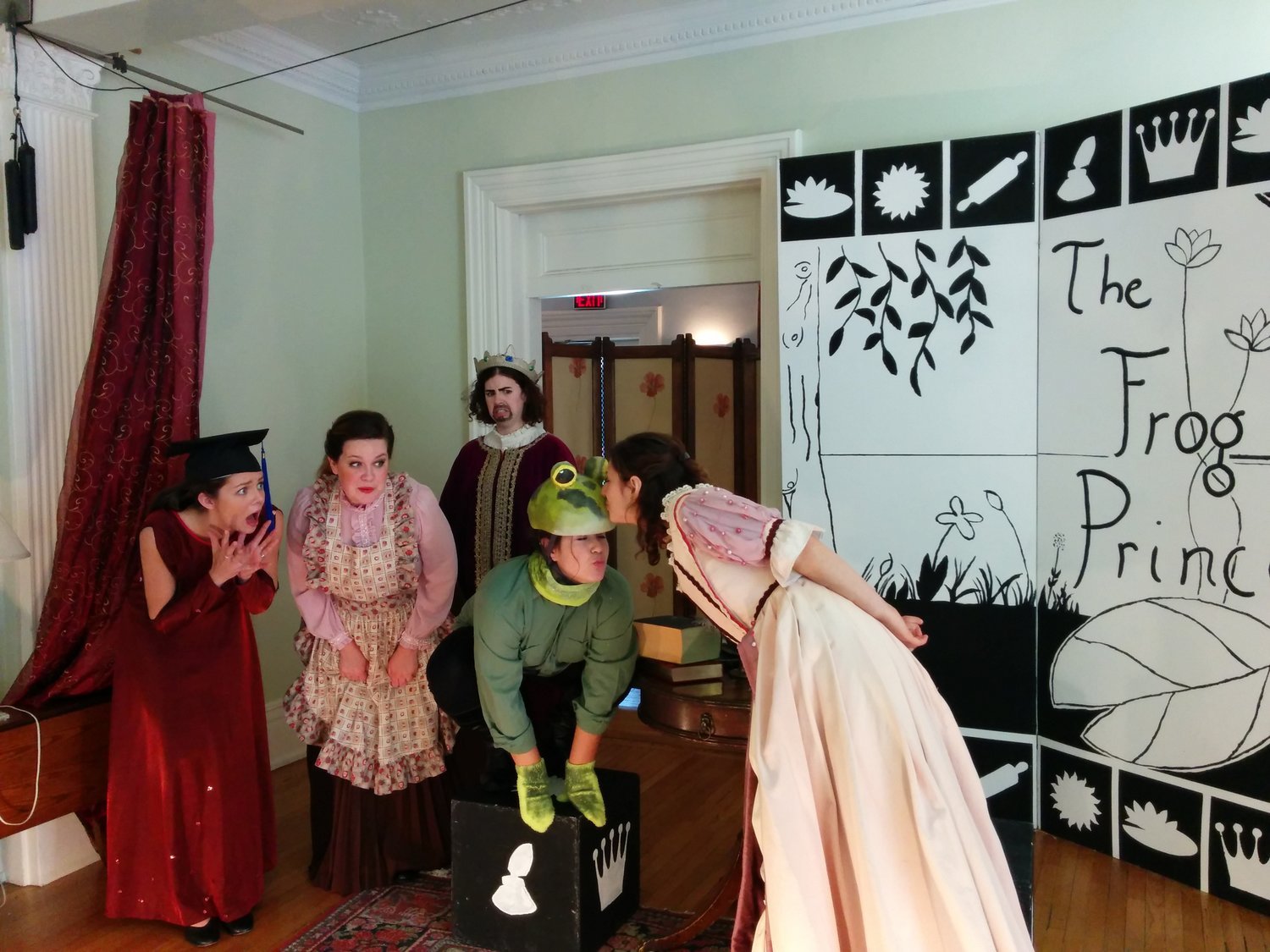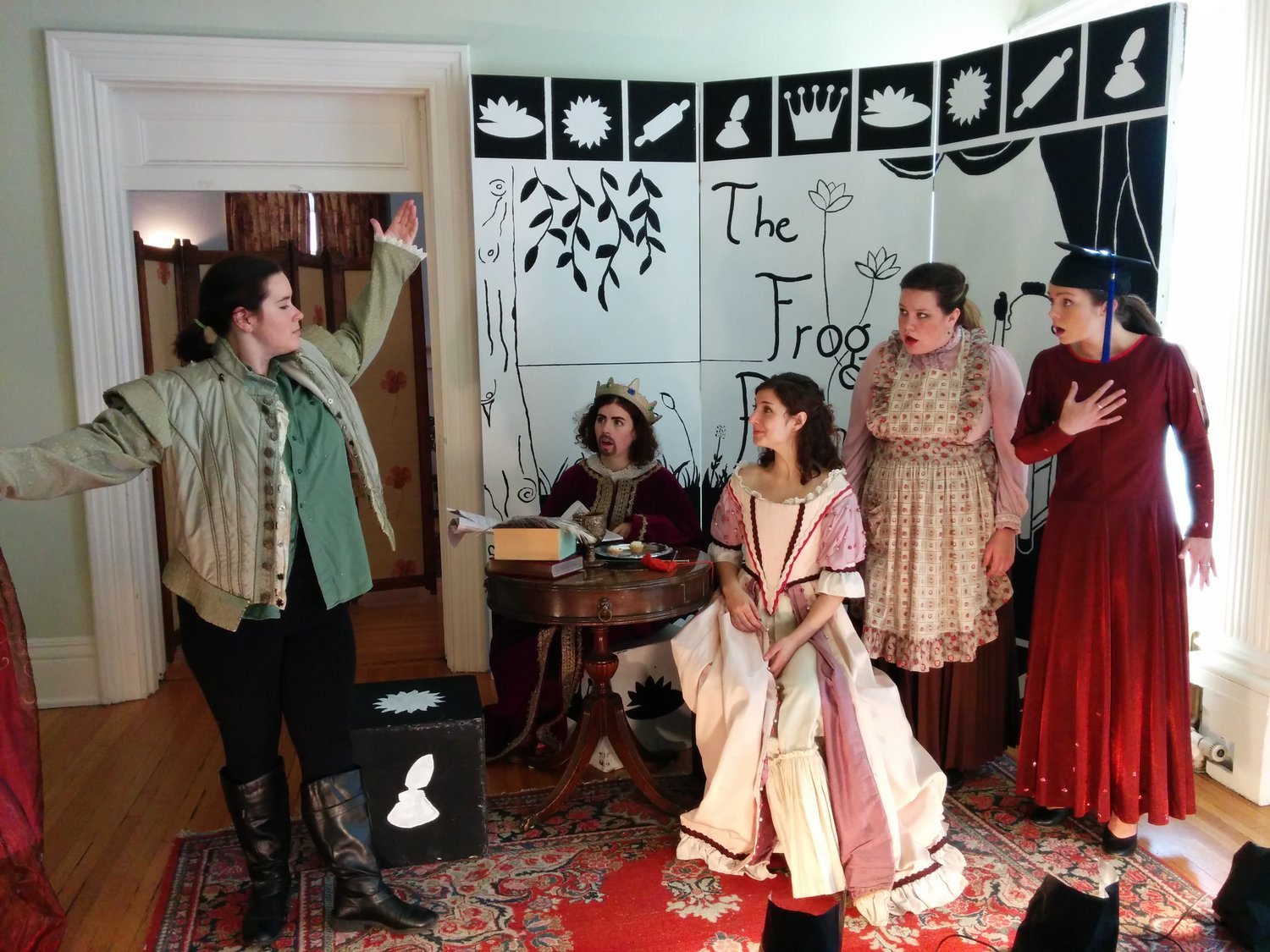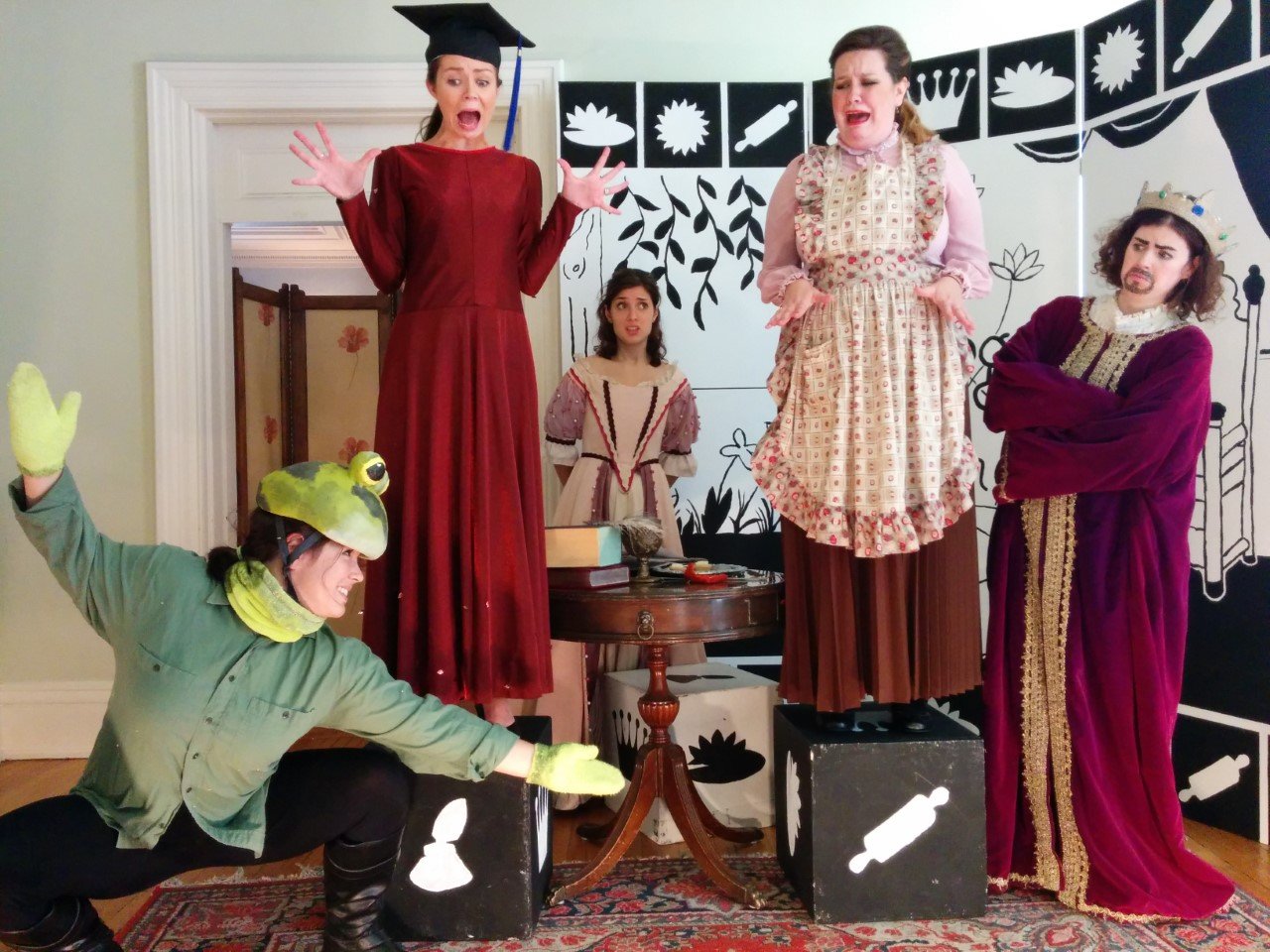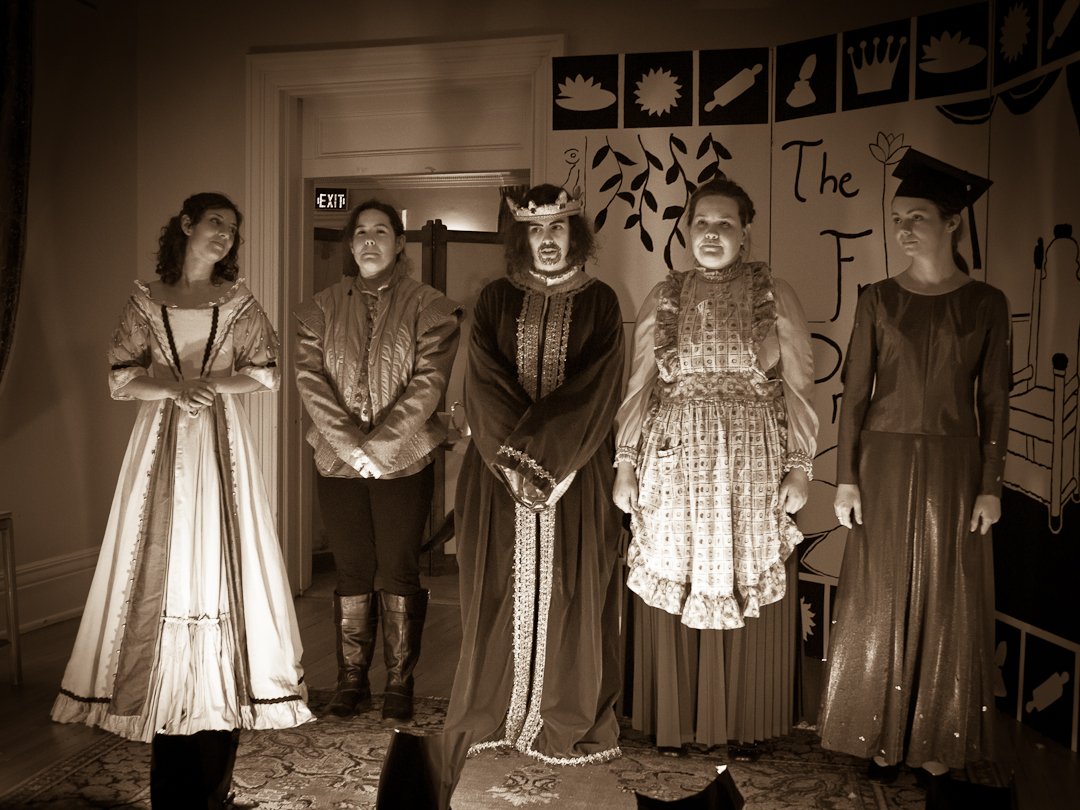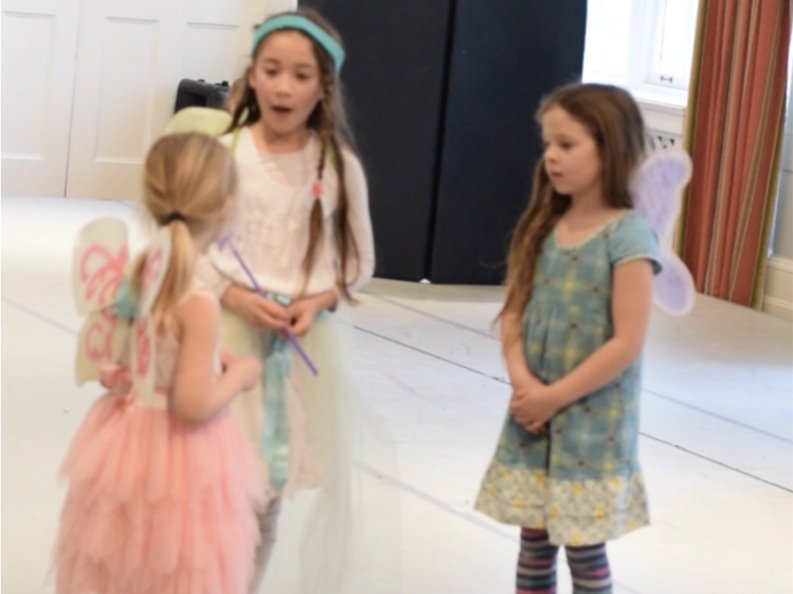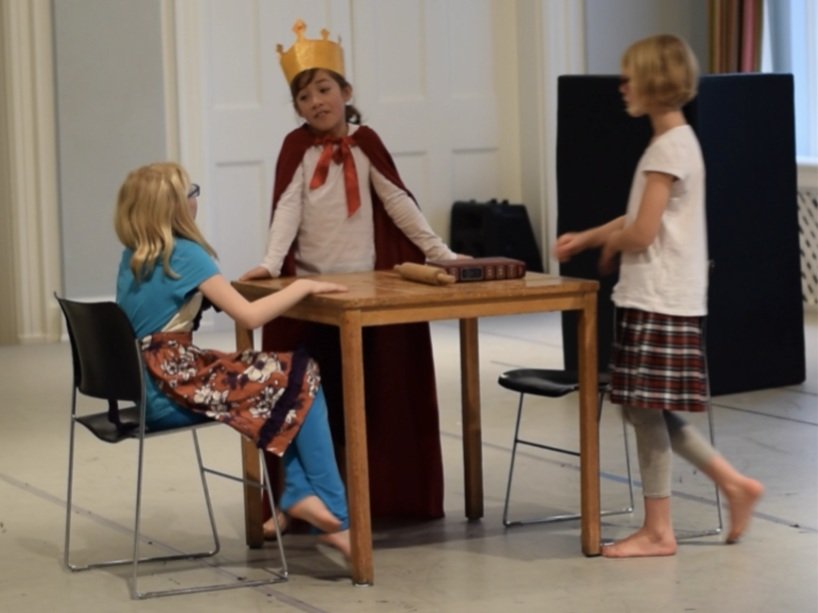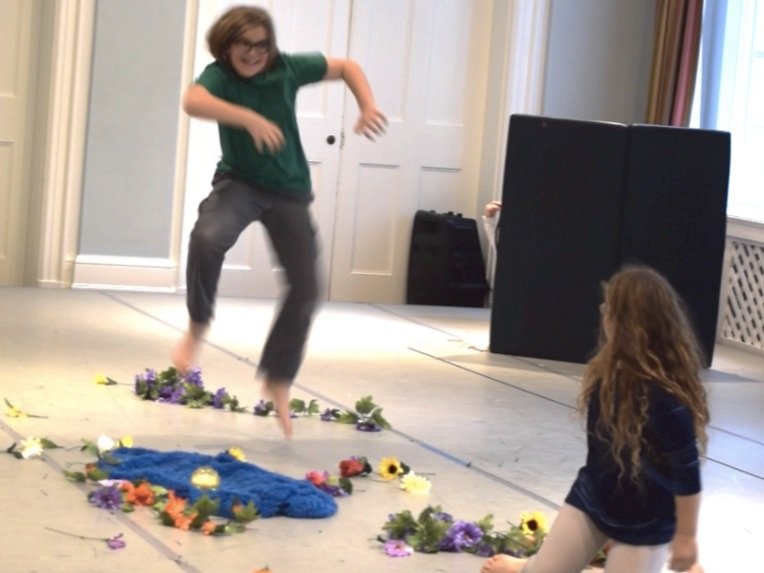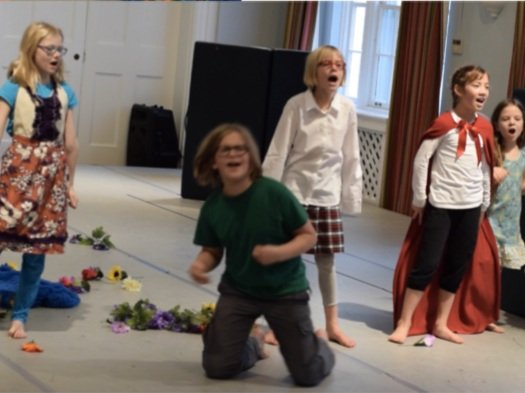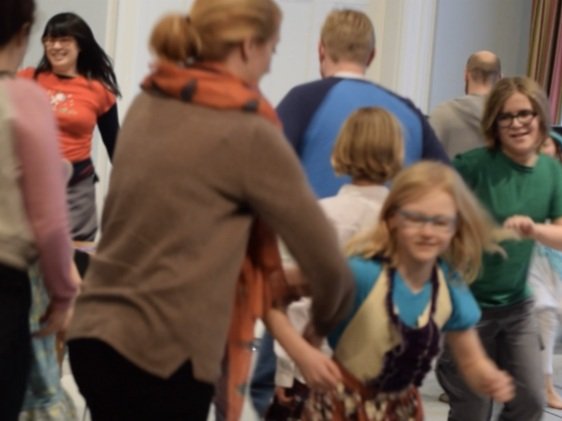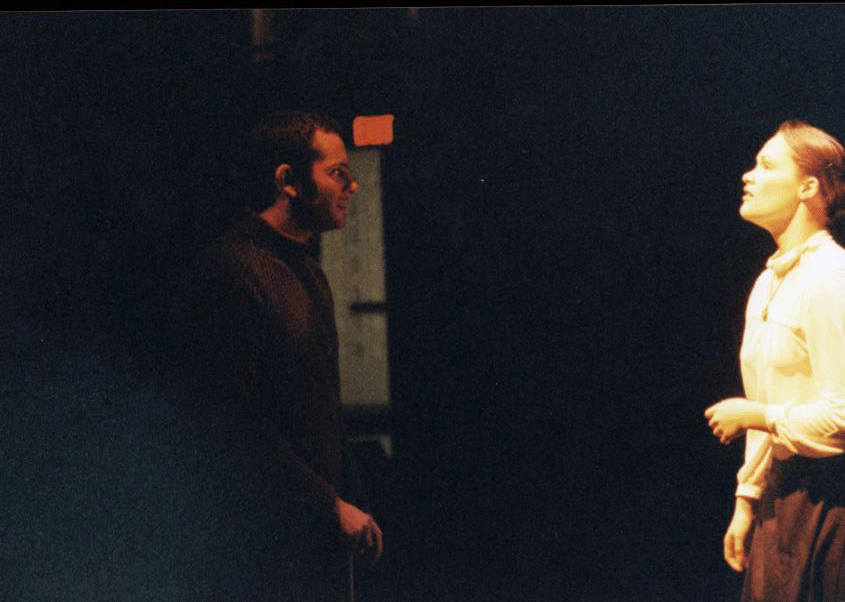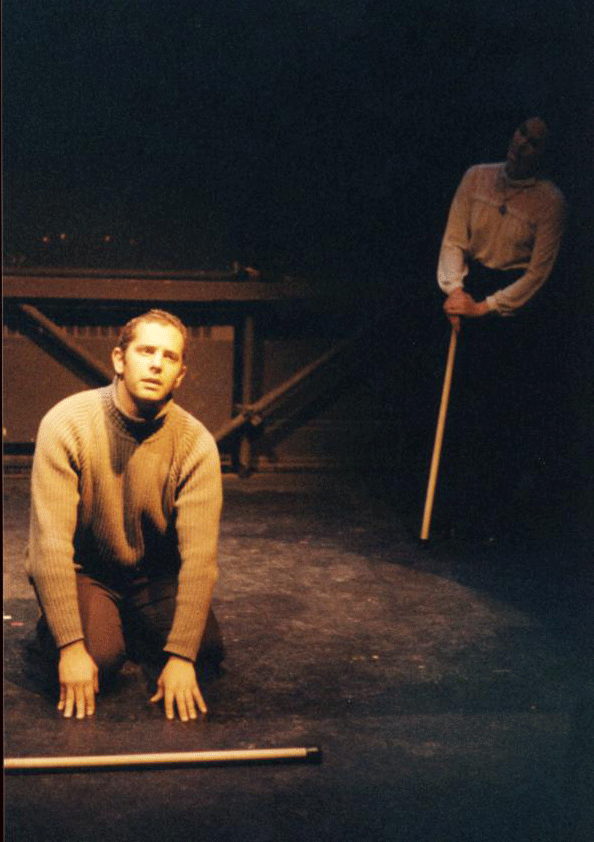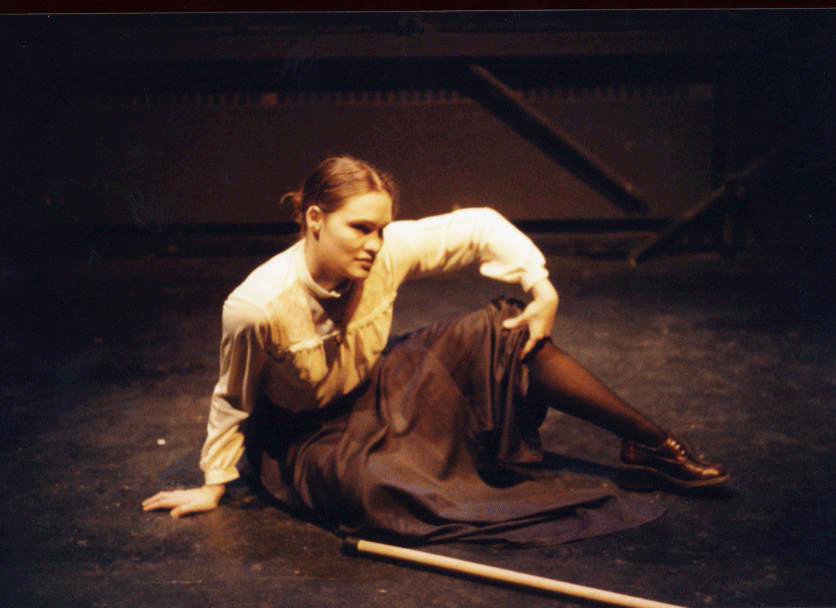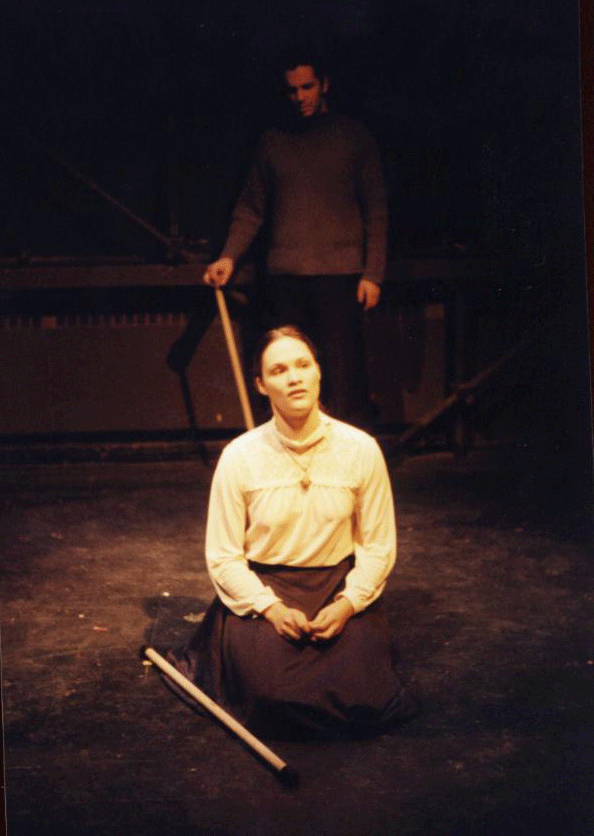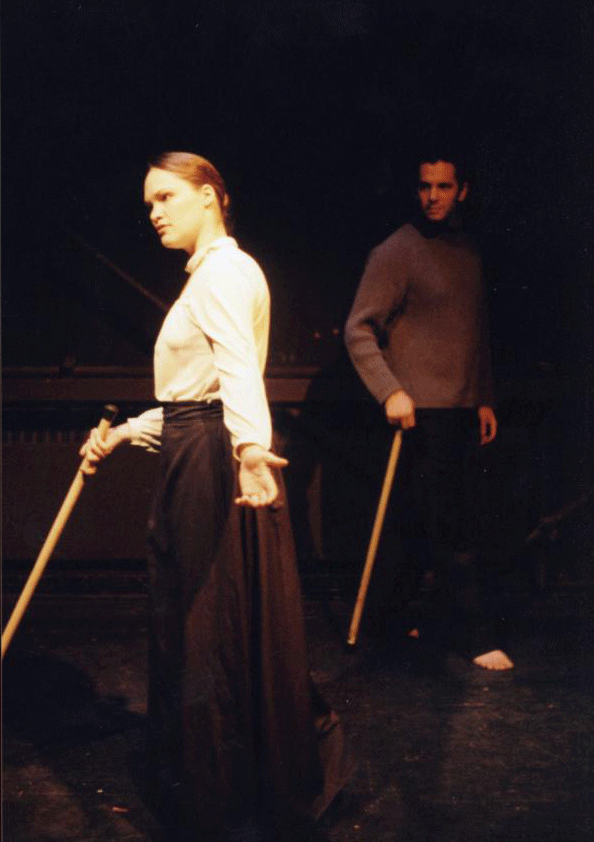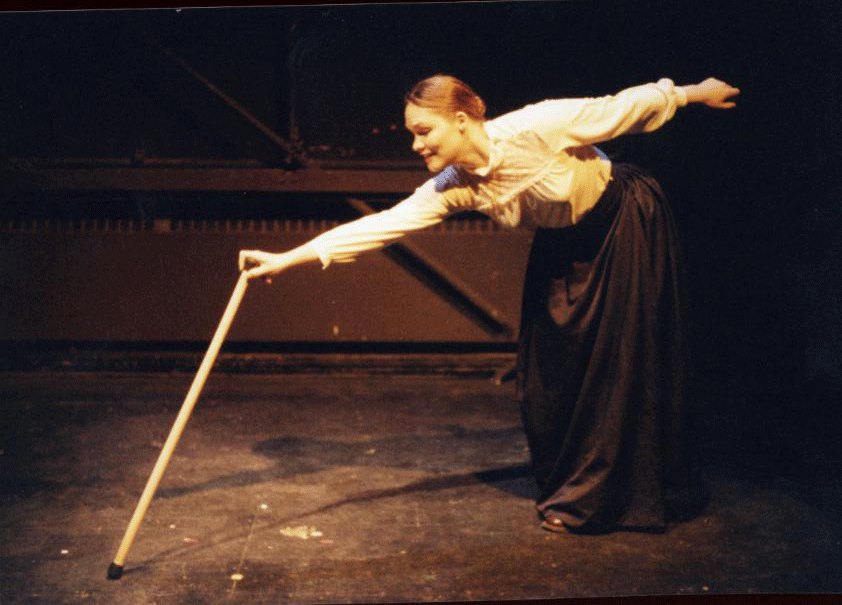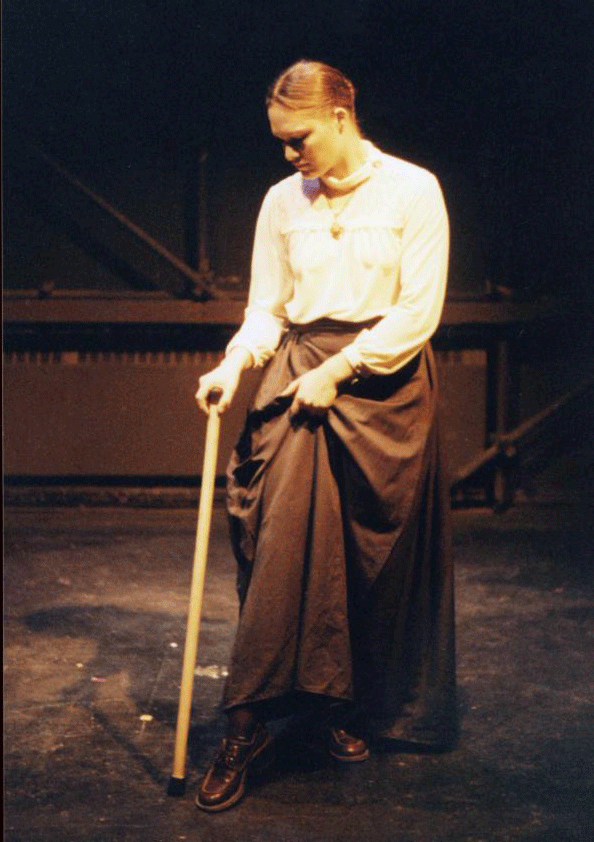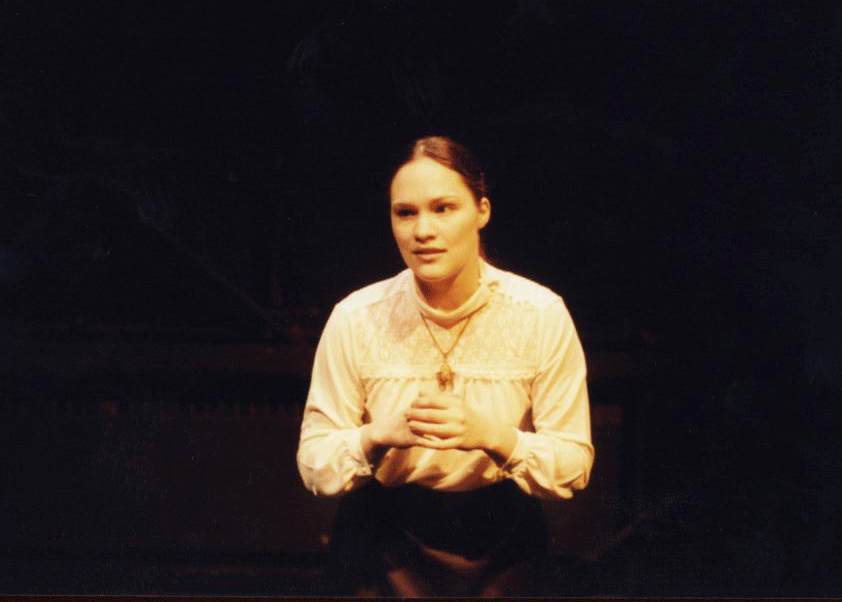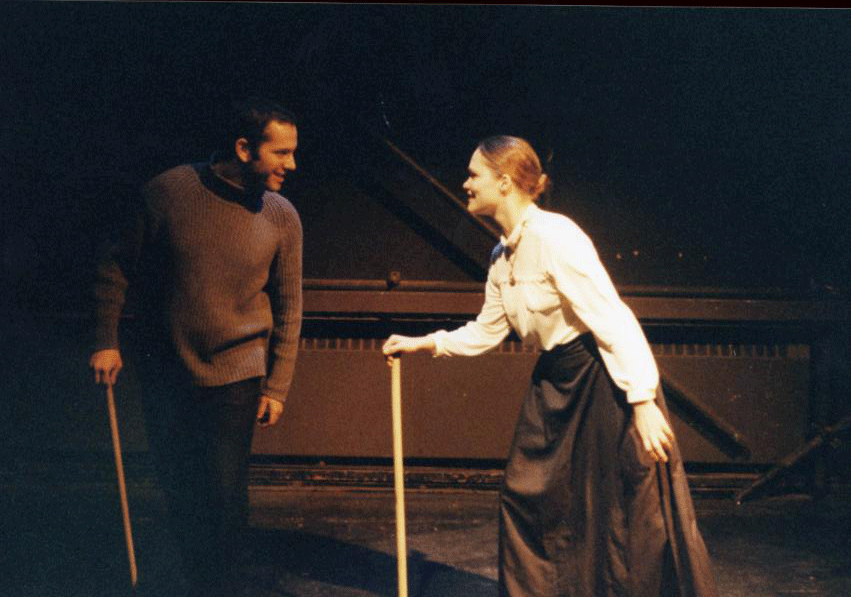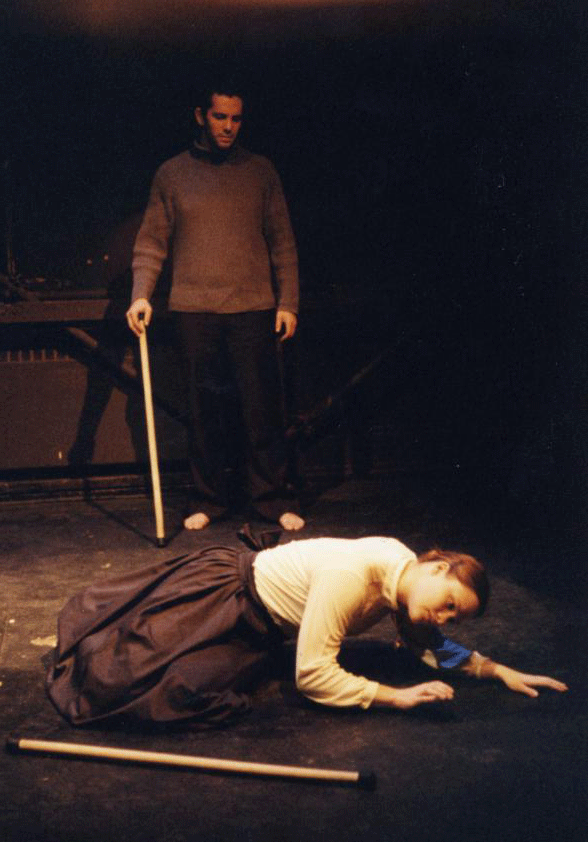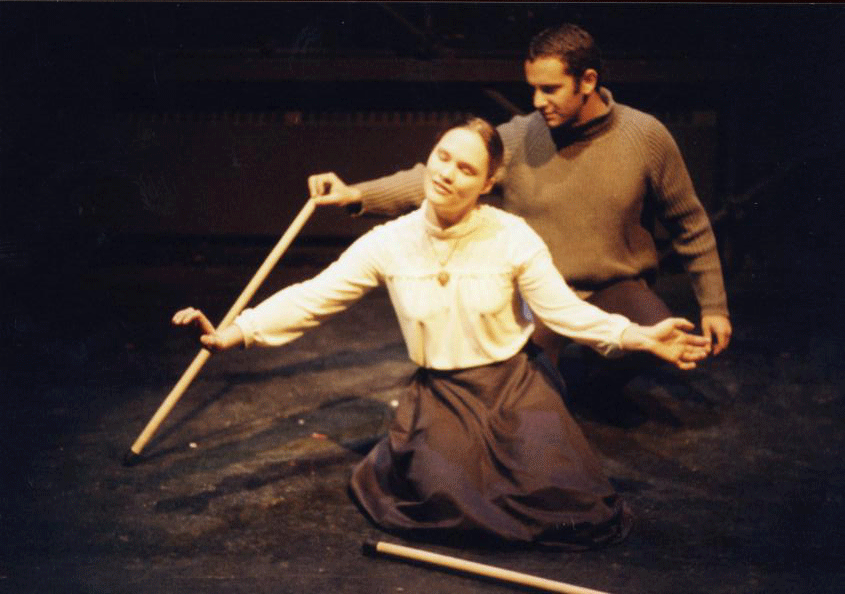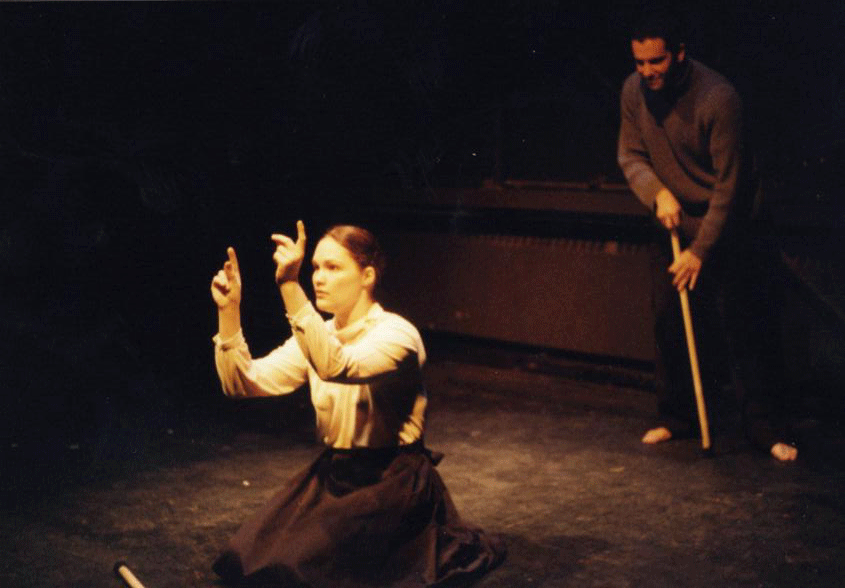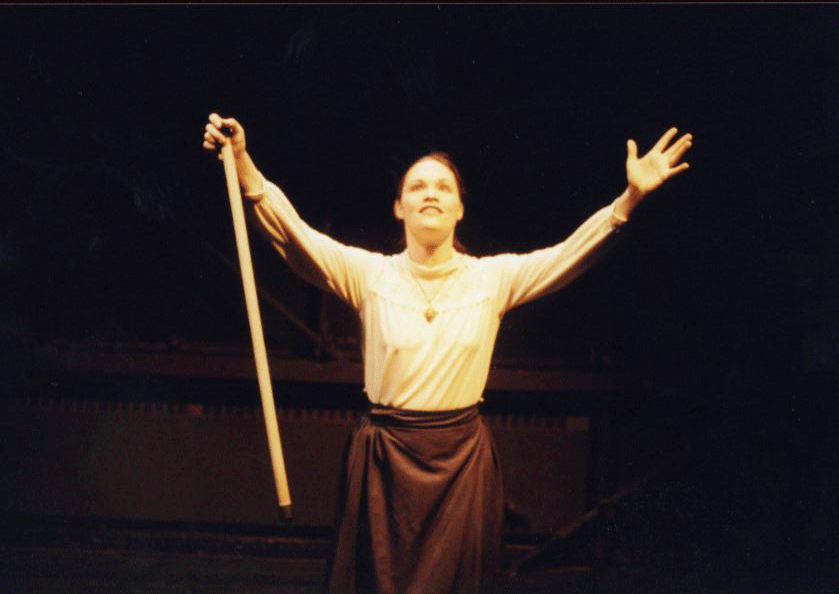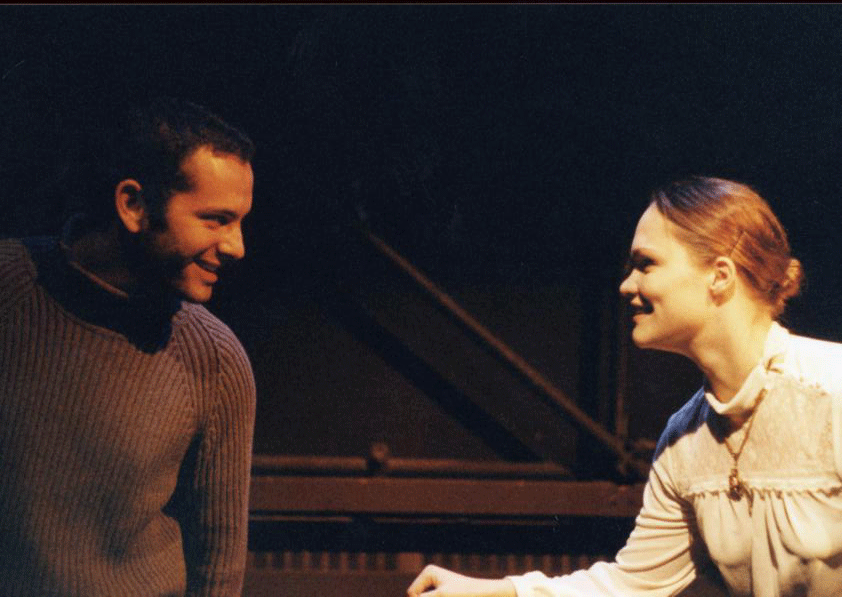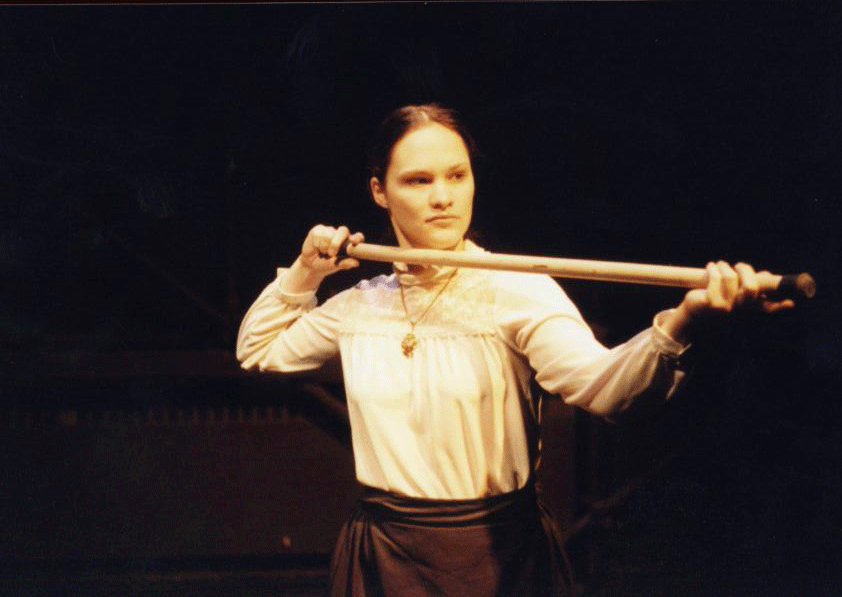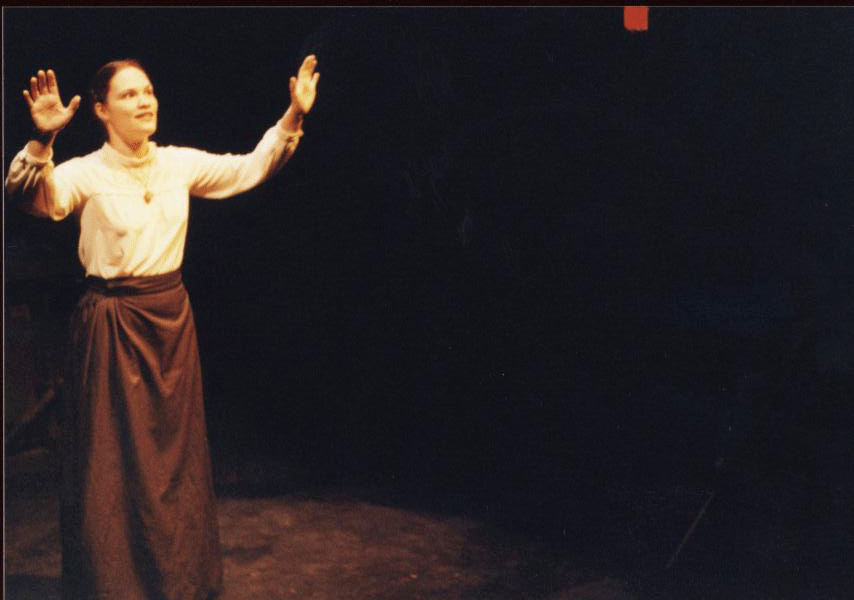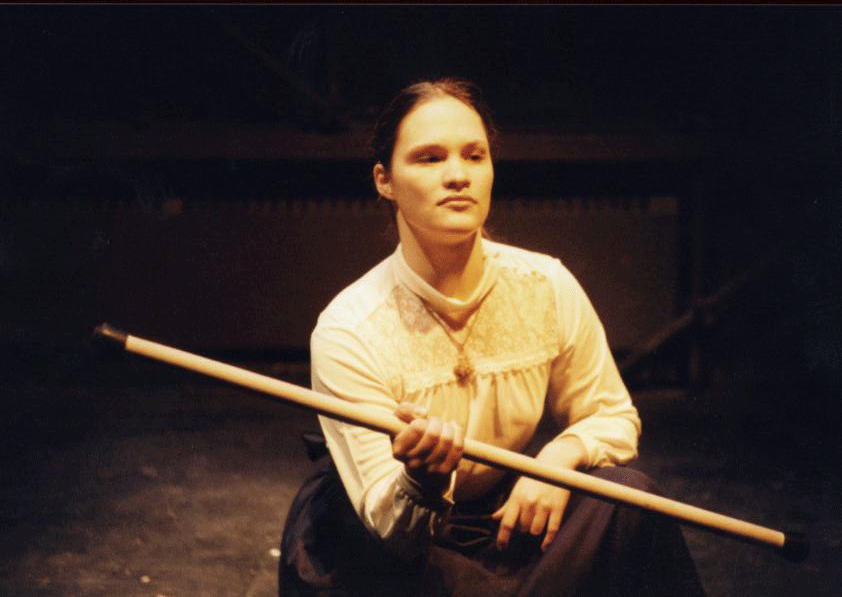THE ‘FACTS’
In 1847, in Hydesville, New York, the family of 12-year-old Margaret Fox came to prominence because their house became the locus of a "haunting." The nature of the haunting was quite particular--rapping or knocking kept the family awake, until Margaret and her younger sister Kate found the means to "communicate" with the sound. This created a sensation locally, the house--the site of the haunting--visited by many, and reported in the national press. This is typically cited as the beginning of a popular spiritualist movement in North America that continues unabated today.
The original "event" was site-specific; it was the house that was haunted. Soon after, however, Margaret and Kate were exhibiting their powers on a local concert stage. Not long after that, they were at a hotel in New York City, associated with P. T. Barnum. The site of the "haunting"--or the "presence" of the supernatural, was located around the bodies of Margaret and Kate. This was a substantial change--much more like possession and, not coincidentally, much more mobile and commercially viable.
This change altered the lives of these women beyond measure. They "toured" for the rest of their careers. They made a much-publicized (and very theatrical) public confession of fakery–and then continued to tour, this time exhibiting how they had used toe- and knee-cracking and a few basic mis-directional tricks to fool their "clients." A year after that, Margaret recanted her confession (citing “bad influence”), and once again became a believer.
As a part of her confession, Margaret talked about the early death of the love of her life, the Arctic Explorer Elisha Kane, a non-believer who had been arguing strongly against the career that she had chosen (or had been forced upon her). She said: “I hold his memory dear and would call him to me were it possible....I went...among the graves...to each grave and stood over it, and called upon the dead, alone there in the dark, to come and give me some token of their presence. All was silent....”
RELATIONSHIPS WITH THE “SUPERNATURAL”
Our interest in this case study arises from the shifting relationship between Margaret Fox and the presence of the “supernatural”–the supernatural as a thing that is both present and absent at the same time. Margaret’s relationships are diverse; we count four.
(1) The supernatural is site-specific, and she engages with the space-as-alive.
(2) The supernatural travels with her, surrounding her and focusing on her body/presence, as if she were personally providing the passage between this world and the next; but she still engages with the surrounding space-as-alive. These two assume belief on the part of the participants, but a self-aware interaction with the supernatural.
(3) If we assume disbelief, the “relationship” becomes one of highly-skilled control over the body (“a sort of expert ventriloquism of the feet”), as well as a highly-skilled control over the belief systems of the spectator. In this case the body is the source of the event, and under Fox’s control; the pretense remains that the surrounding space is alive with the supernatural.
(4) The final and arguably most sophisticated potential relationship is the possession of body and mind (or “channeling”), in which the body is the locus of the performance–that is, the sounds emanate from Margaret Fox–but the body is controlled by the alleged supernatural (whether real or imagined is beside the point). In this last scenario the relationship becomes intrusive and/or intimate; self-awareness diminishes, and the “site” for the presence becomes the performer and not the venue.
DRAMATURGICAL EXERCISES
1. The first exercise was to find the theatrical means to present these various relationships. We have used a number of brief monologues, based on the documents relating to the case of Margaret Fox, as a base to illustrate the range verbally. We cast two performers, one to play Fox and one to play–for want of a better character description–“the presence of the supernatural.” Our discussions focused on the separation of space into a “world” of light and an “otherworld” of shadow, on body language, on eye contact, on depiction of gender, on the possession of a significant prop, and on the origin of the sound of rapping–all as visual and aural means of representing the range of relationships. In the simplest terms, if the monologue implies belief, the sound emanates from the shadow (or outside of the circle, or the walls of the room inhabited by Margaret). If the monologue implies disbelief, Margaret makes the sounds herself.
Belief is far more complex than this, however. An individual mind can belong to an array of cultures and subcultures and contradictory belief systems, all at once. The documents of Margaret Fox’s life speak to such an ambivalence and confusion–witness her walks in the graveyard, her confession and then hurried recantation. What would happen if the character believed in the presence of supernatural in the space around her, and at the same time in her own self-controlled fakery? What if she vacillates between belief in her own control over the cracking of her joints, and belief in possession? We have made the attempt to represent these options on stage as well.
2. There is a strong 2500-year-old theoretical/historical relationship between the performance of the actor-as-character and the performance of spiritualists like Margaret Fox. Discussion–heated argument–focuses on the extent to which actors lose self-awareness during performance, and believe that the stage is another time and place, and that they are other characters. The alternative is that actors are in complete self-control, at all times self-aware, and are in the most artificial sense pretending. On the one hand they are, in effect, possessed, and on the other they are, in effect, skilled fakes. The debate is ancient, and as complex as any other belief system. In Plato’s “Ion,” Socrates convinces a young Homeric performer that he is completely without skill, but is merely possessed by the genius of the poet when he performs–no matter how much he may believe he is in control. Anti-theatrical writing typically rails against the actor as a skilled fake, and therefore a teacher of lying, while at the same time fearing that the actor will become the character too thoroughly, to the point where “acting” becomes “being.” Diderot allows for a range of relationships between actor and character, but clearly favours skilled control and self-awareness over “losing oneself” in performance. During the twentieth century, some (such as Stanislavsky and Michael Chekhov) have tried to reconcile these extremes, while others have advocated one extreme or the other.
At the very least there is a strong analogous relationship between the actor’s relationship with character and the stage, and the spiritualist’s relationship with the supernatural. Is the body controlled or in control? Is the actor’s mind always herself-as-another, or does the actor believe during performance, and, in effect, become possessed of character and space. For this reason, any exploration of the relationships of spiritualism on stage can also be discussed in terms of acting, and of performance more generally. We hope that this exercise speaks to that analogy.
For another discussion of the relationship between theatricality and spiritualism, see ‘Making It Easy to Believe: A Tourist Goes to the Psychic Fair,’ in Canadian Theatre Review CTR 103 (Summer 2000): 32-27.




